During follow-up visits, the patient exhibited excellent healing and no postoperative complications (Fig. 44). The provisional prosthesis demonstrated optimal fit and stability, enhancing function and the patient’s comfort.
Four months later, we proceeded with the final prosthetic procedure based on clinical and radiographic evidence confirming osseointegration. The case was completed using Straumann RevEX scan bodies for a full monolithic design with a completely digital workflow. First, an intra-oral scan of the opposite arch was taken, followed by an intra-oral scan with the screwed-in temporary abutments. An intra-oral bite scan and an intra-oral scan of the soft tissue with the screw-retained abutments in place were then taken. The reverse scan bodies were attached to the provisional prosthesis, which was scanned extra-orally. Next, the prototype and verification jig were designed, followed by the milling of the prototype and verification jig (Figs. 45 & 46).
During the next visit, the milled prototype and verification jig were tried in, and the design and manufacturing of the final prosthesis were completed (Figs. 47 & 48). The final abutment utilised was Variobase for bridge (Straumann), placed on top of the screw-retained abutments. The material chosen for the final prosthesis was monolithic zirconia (Figs. 49 & 50).
The delivery of the final prosthesis was then performed, and the aesthetics, occlusion and function were verified (Figs. 51–55). The panoramic control radiograph showed that all measurements were within expected ranges (Fig. 56).
At the 18-month follow-up after completing the treatment, an intra-oral, extra-oral and radiographic evaluation were performed. No pathologies were observed, and the results remained stable over time (Figs. 57–62). The patient expressed his satisfaction with the treatment outcomes, stating, “Seeing my new smile before starting the procedure was a game-changer. I was confident from the beginning that my final result would be as I had imagined.”
Treatment outcomes
The combination of Straumann BLX implants with the Straumann RevEX scan bodies for a full monolithic design and integrated into a comprehensive Smilecloud digital workflow yielded favourable treatment outcomes for full-arch rehabilitation in this case. The seamless coordination between the surgical and prosthetic phases, facilitated by state-of-the-art digital technologies, enhanced precision, efficiency, and patient comfort and satisfaction. This case underscores the important role of digital dentistry in ensuring reliable and aesthetically satisfying results in implant therapy.



 Austria / Österreich
Austria / Österreich
 Bosnia and Herzegovina / Босна и Херцеговина
Bosnia and Herzegovina / Босна и Херцеговина
 Bulgaria / България
Bulgaria / България
 Croatia / Hrvatska
Croatia / Hrvatska
 Czech Republic & Slovakia / Česká republika & Slovensko
Czech Republic & Slovakia / Česká republika & Slovensko
 France / France
France / France
 Germany / Deutschland
Germany / Deutschland
 Greece / ΕΛΛΑΔΑ
Greece / ΕΛΛΑΔΑ
 Hungary / Hungary
Hungary / Hungary
 Italy / Italia
Italy / Italia
 Netherlands / Nederland
Netherlands / Nederland
 Nordic / Nordic
Nordic / Nordic
 Poland / Polska
Poland / Polska
 Portugal / Portugal
Portugal / Portugal
 Romania & Moldova / România & Moldova
Romania & Moldova / România & Moldova
 Slovenia / Slovenija
Slovenia / Slovenija
 Serbia & Montenegro / Србија и Црна Гора
Serbia & Montenegro / Србија и Црна Гора
 Spain / España
Spain / España
 Switzerland / Schweiz
Switzerland / Schweiz
 Turkey / Türkiye
Turkey / Türkiye
 UK & Ireland / UK & Ireland
UK & Ireland / UK & Ireland
 Brazil / Brasil
Brazil / Brasil
 Canada / Canada
Canada / Canada
 Latin America / Latinoamérica
Latin America / Latinoamérica
 USA / USA
USA / USA
 China / 中国
China / 中国
 India / भारत गणराज्य
India / भारत गणराज्य
 Pakistan / Pākistān
Pakistan / Pākistān
 Vietnam / Việt Nam
Vietnam / Việt Nam
 ASEAN / ASEAN
ASEAN / ASEAN
 Israel / מְדִינַת יִשְׂרָאֵל
Israel / מְדִינַת יִשְׂרָאֵל
 Algeria, Morocco & Tunisia / الجزائر والمغرب وتونس
Algeria, Morocco & Tunisia / الجزائر والمغرب وتونس
 Middle East / Middle East
Middle East / Middle East
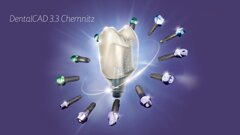

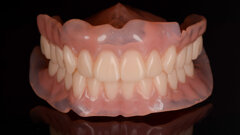








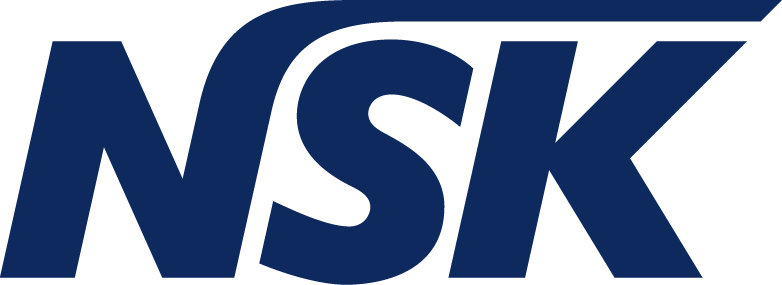











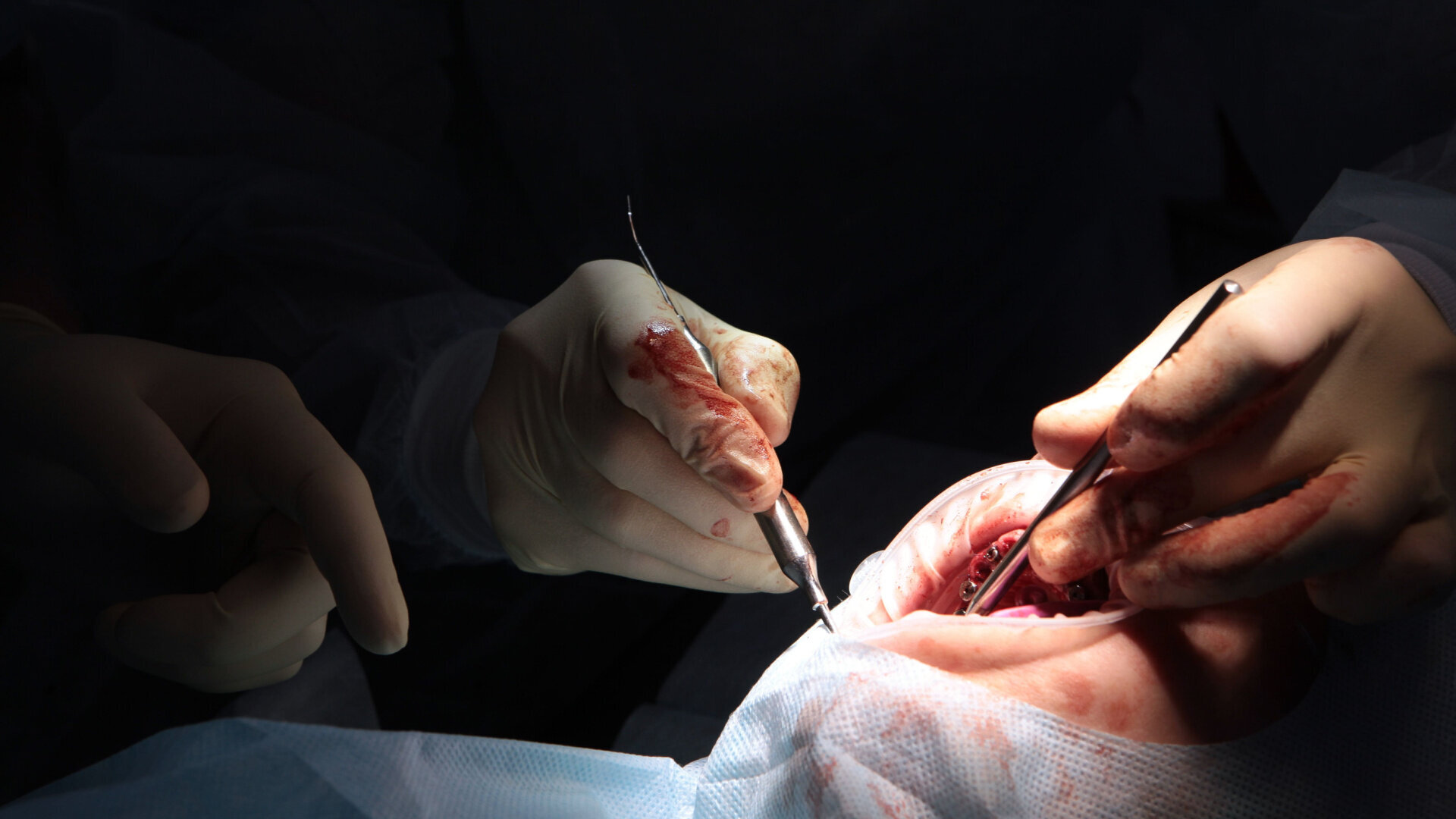

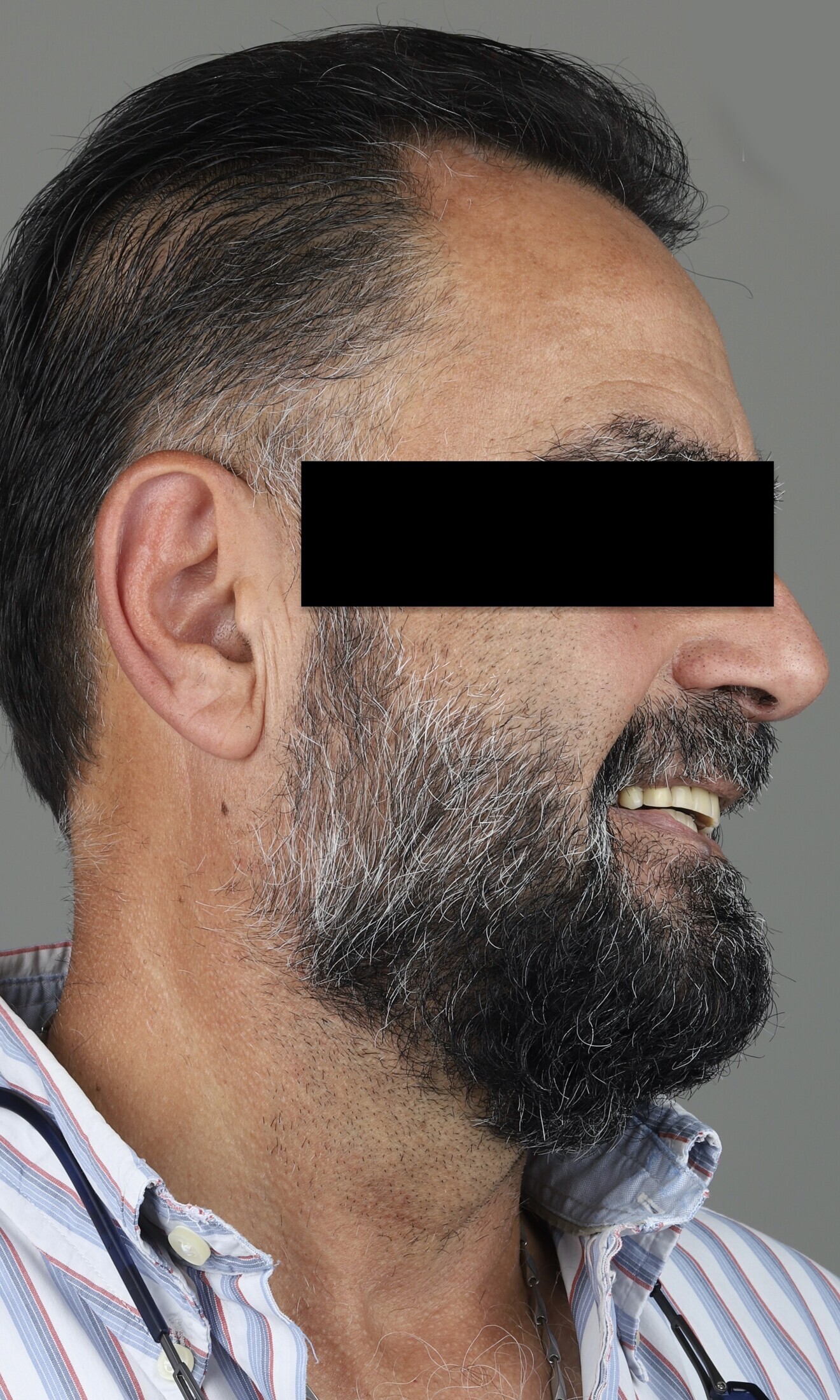
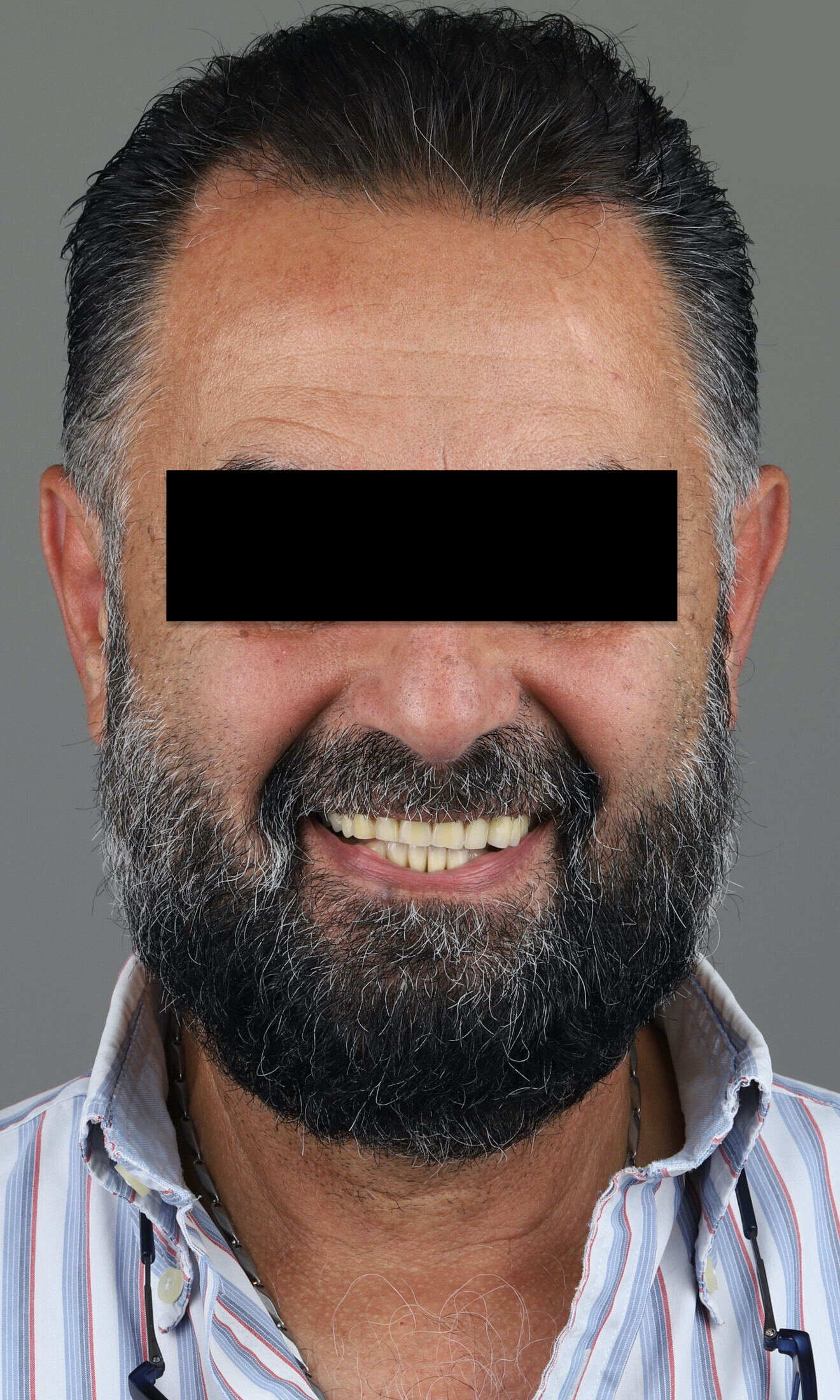
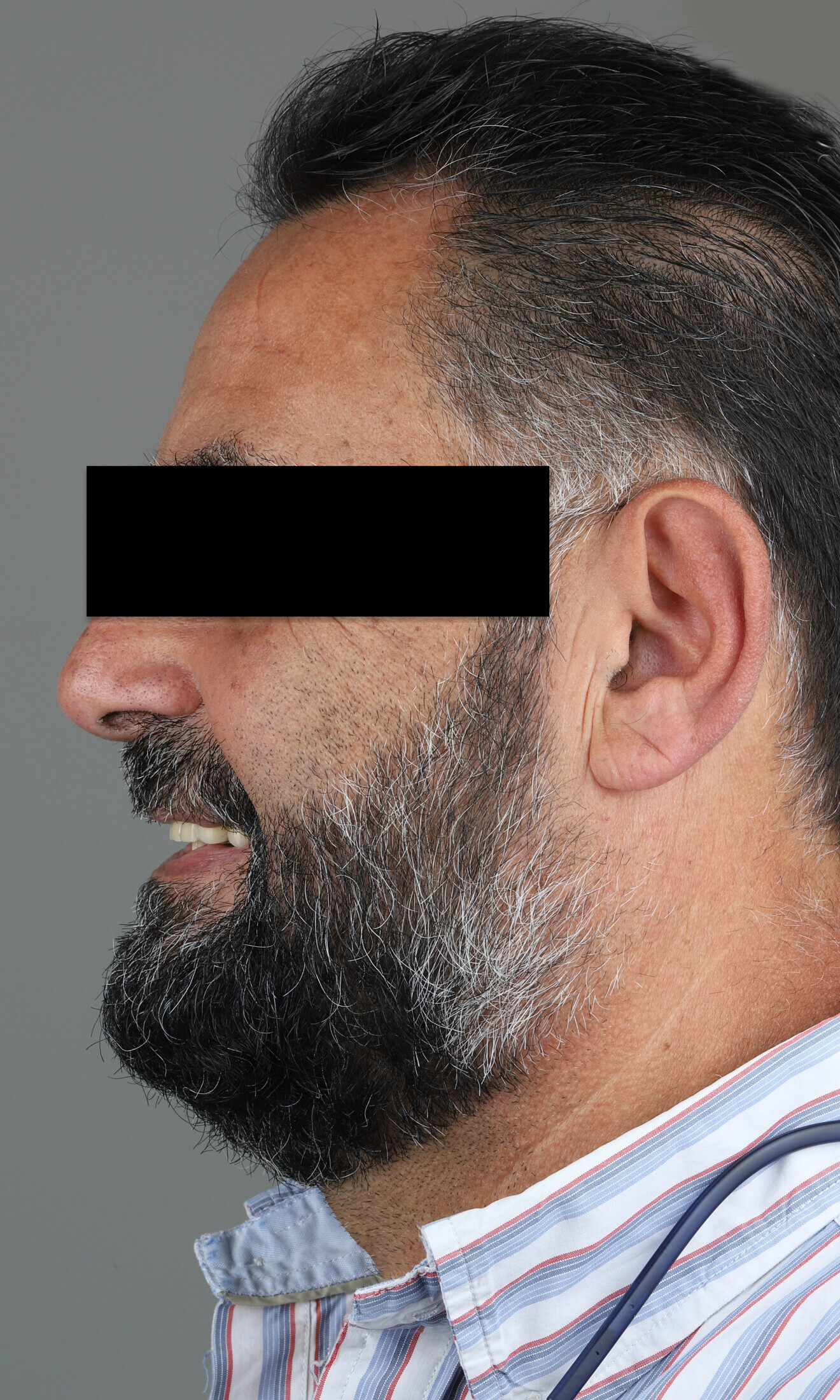
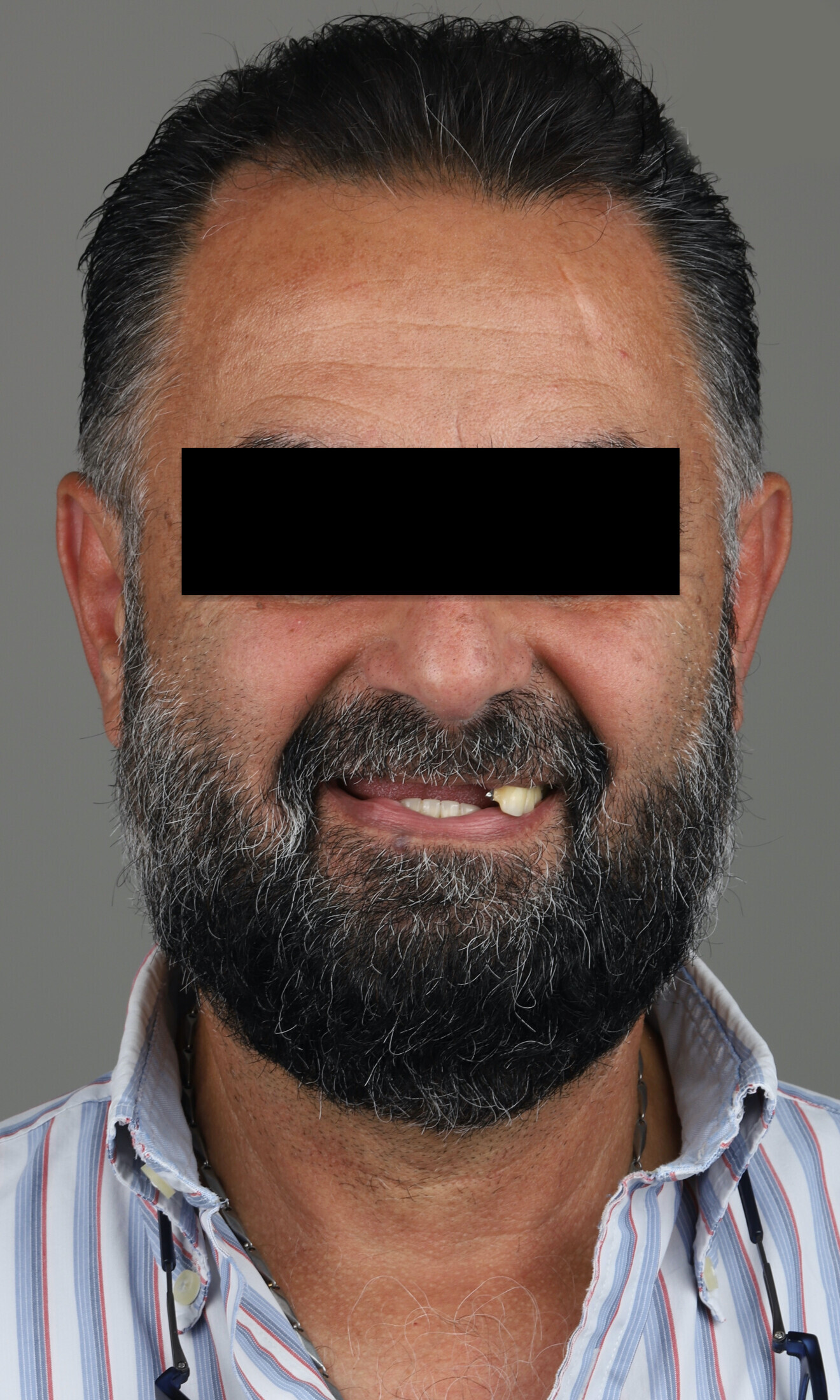
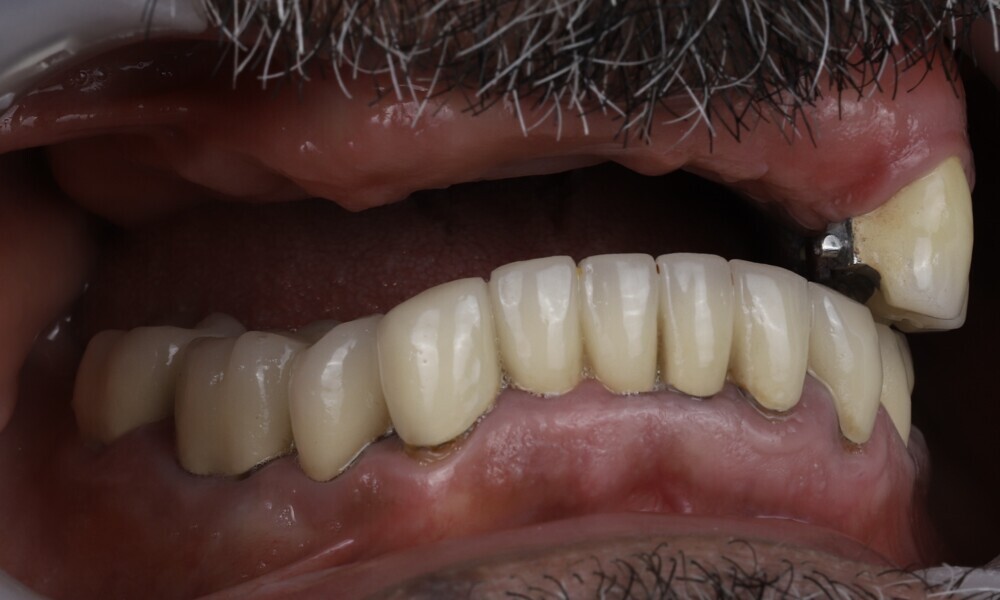
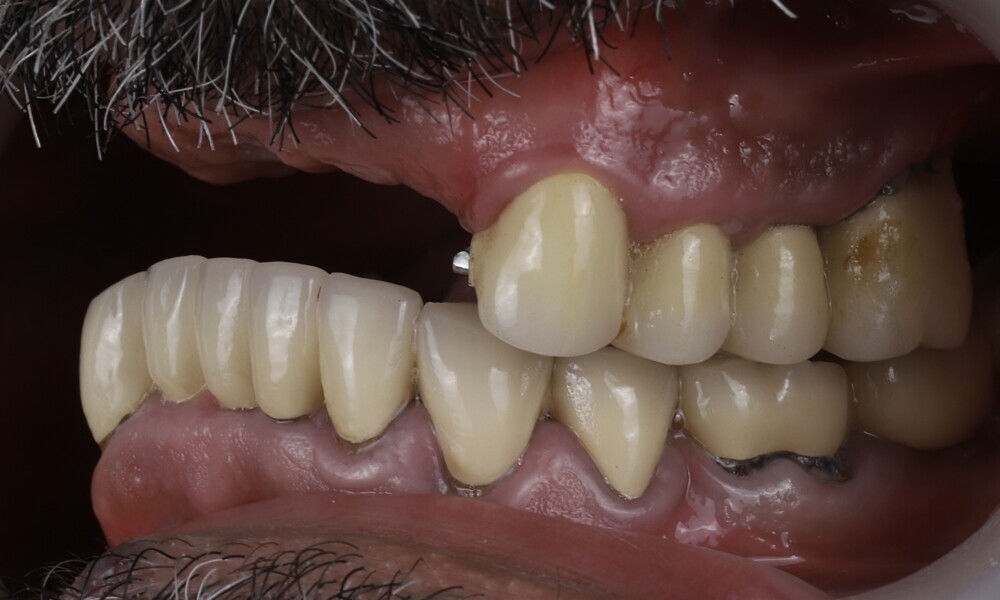
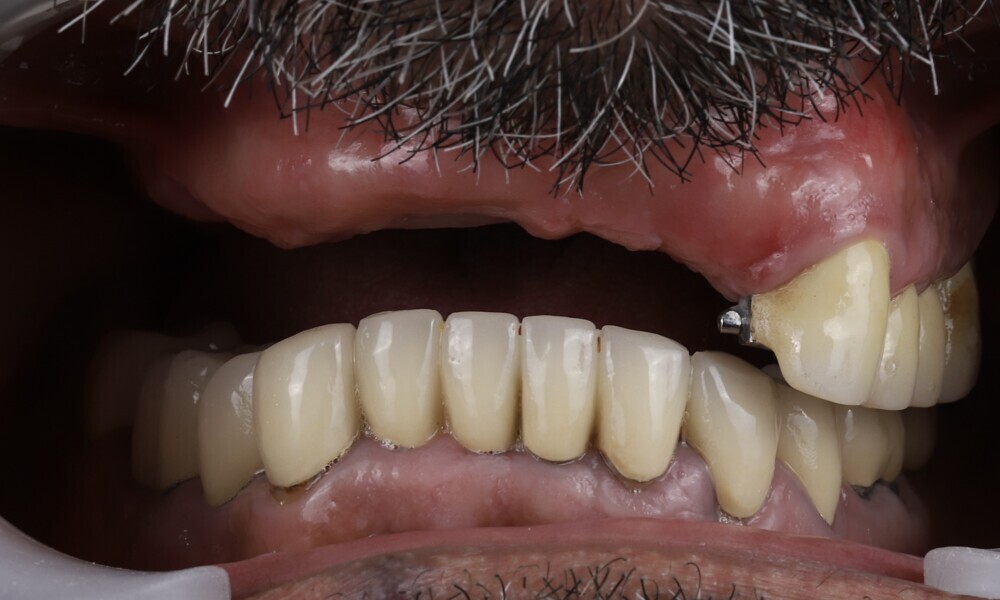
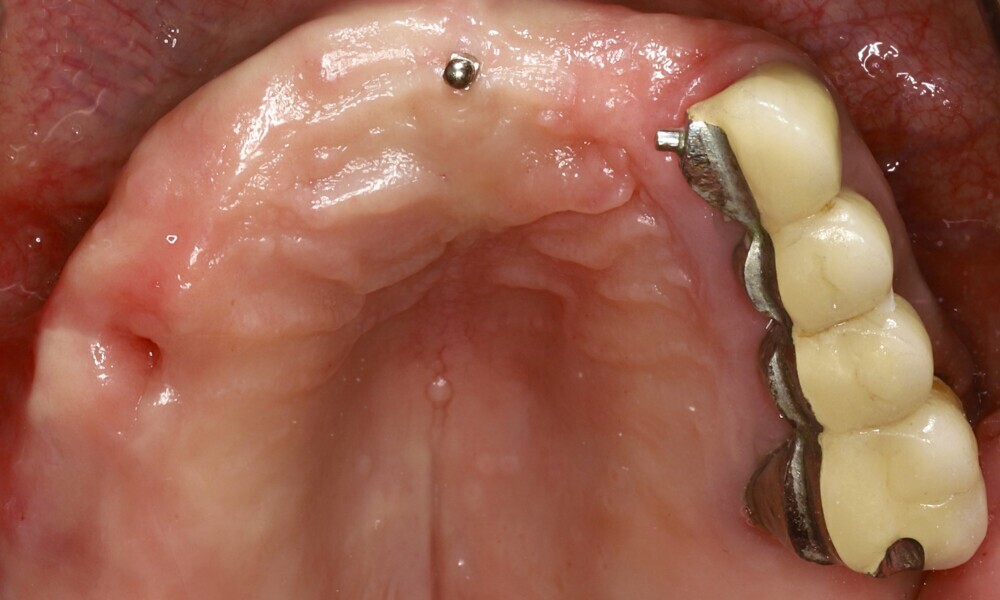
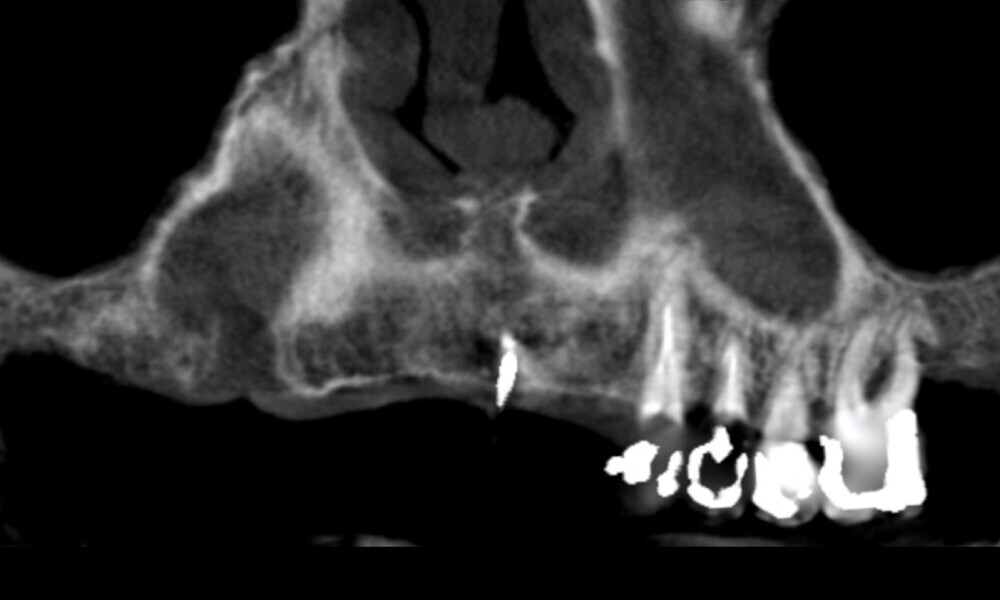
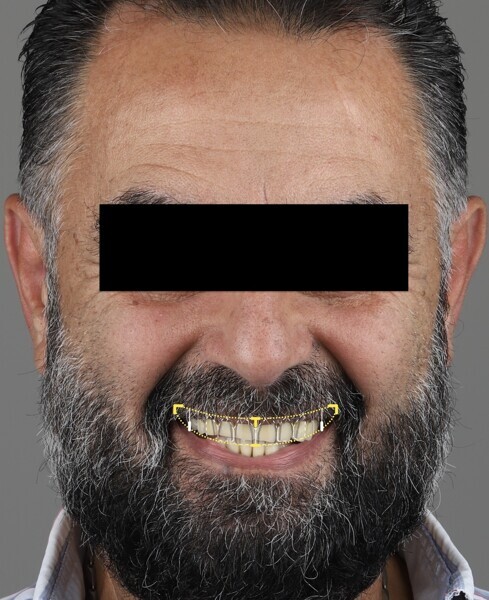
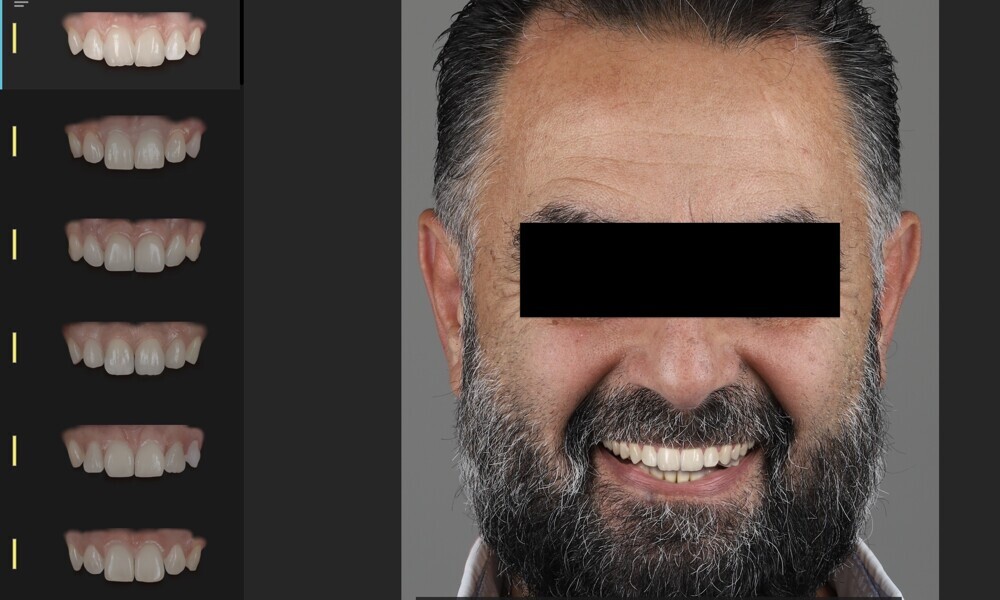
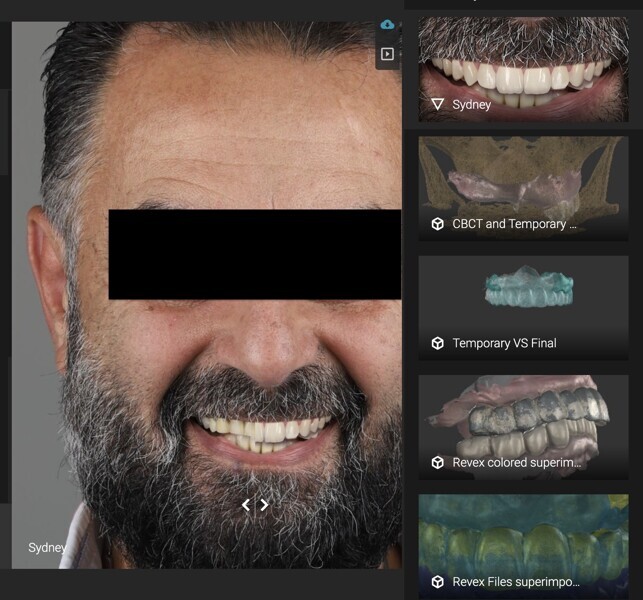
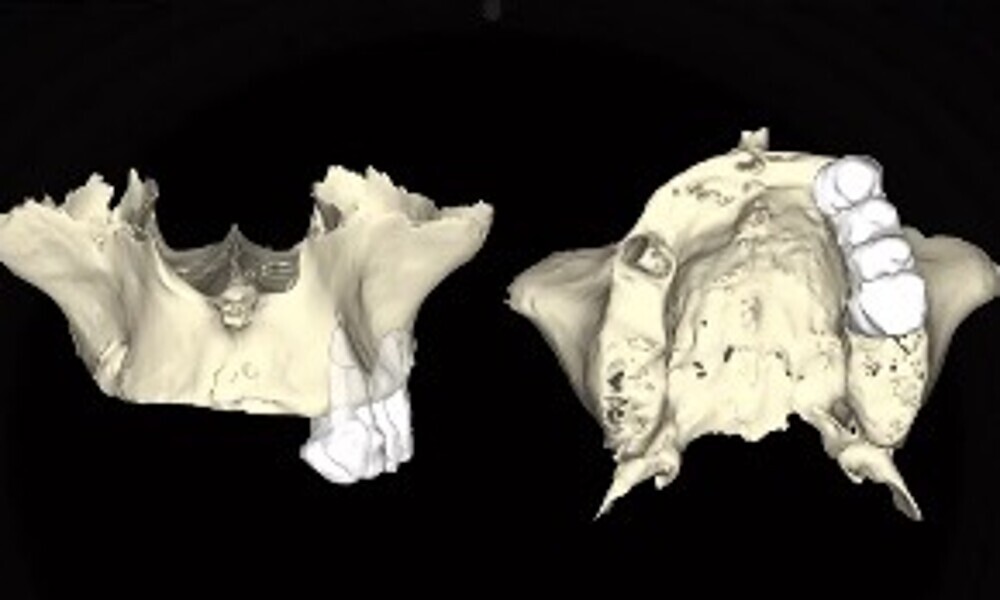
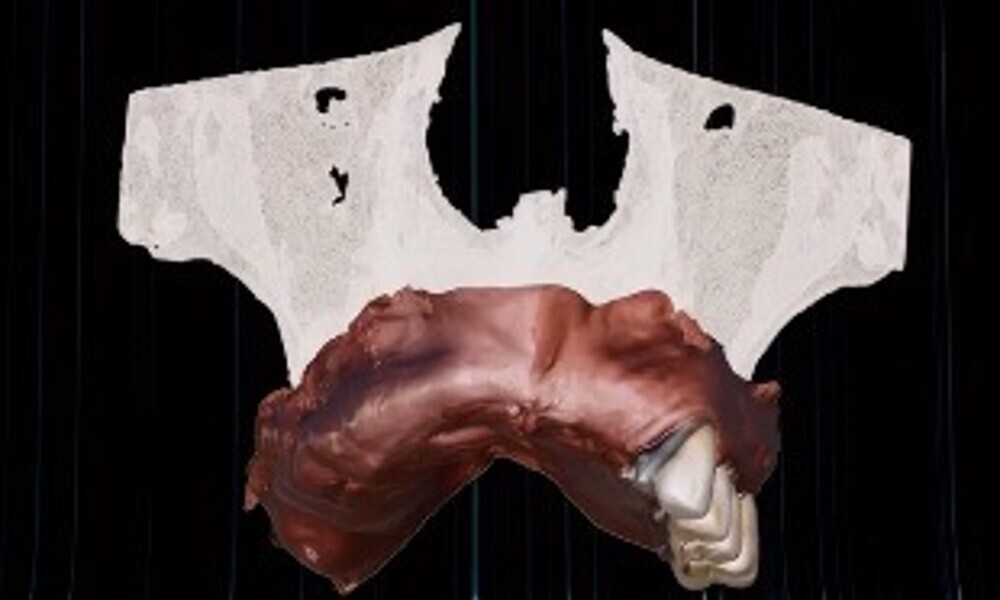
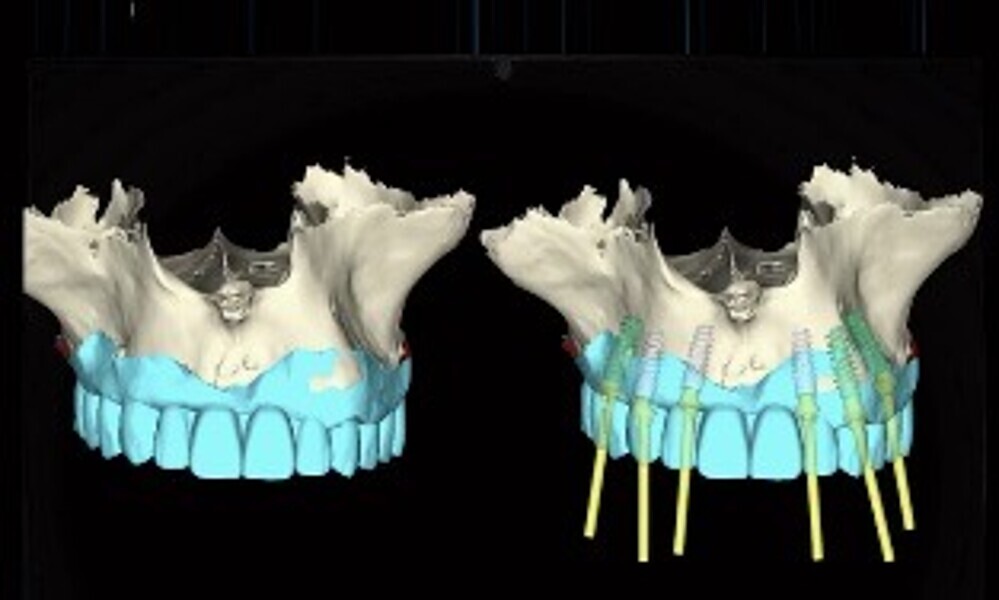
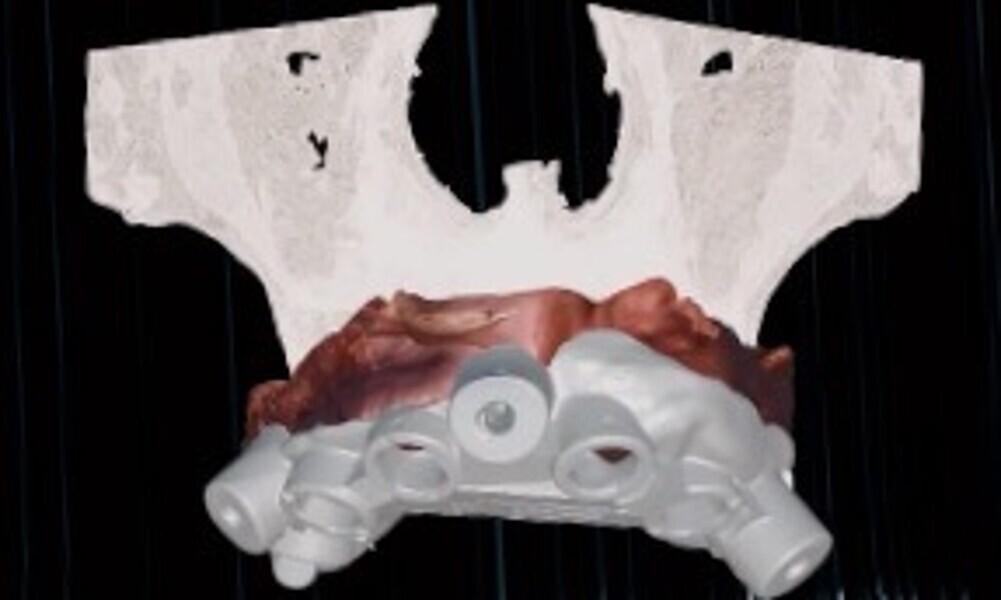
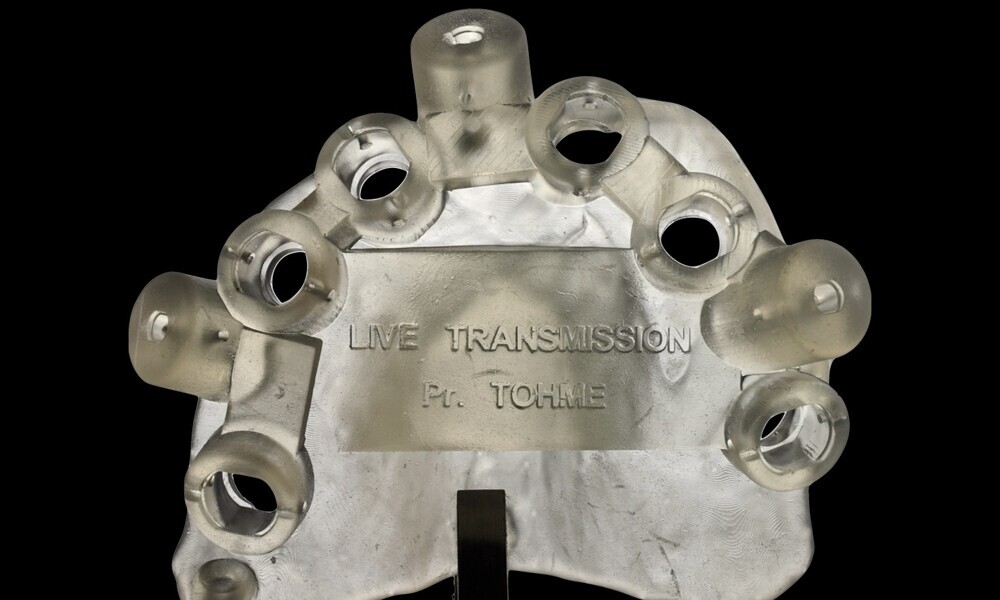
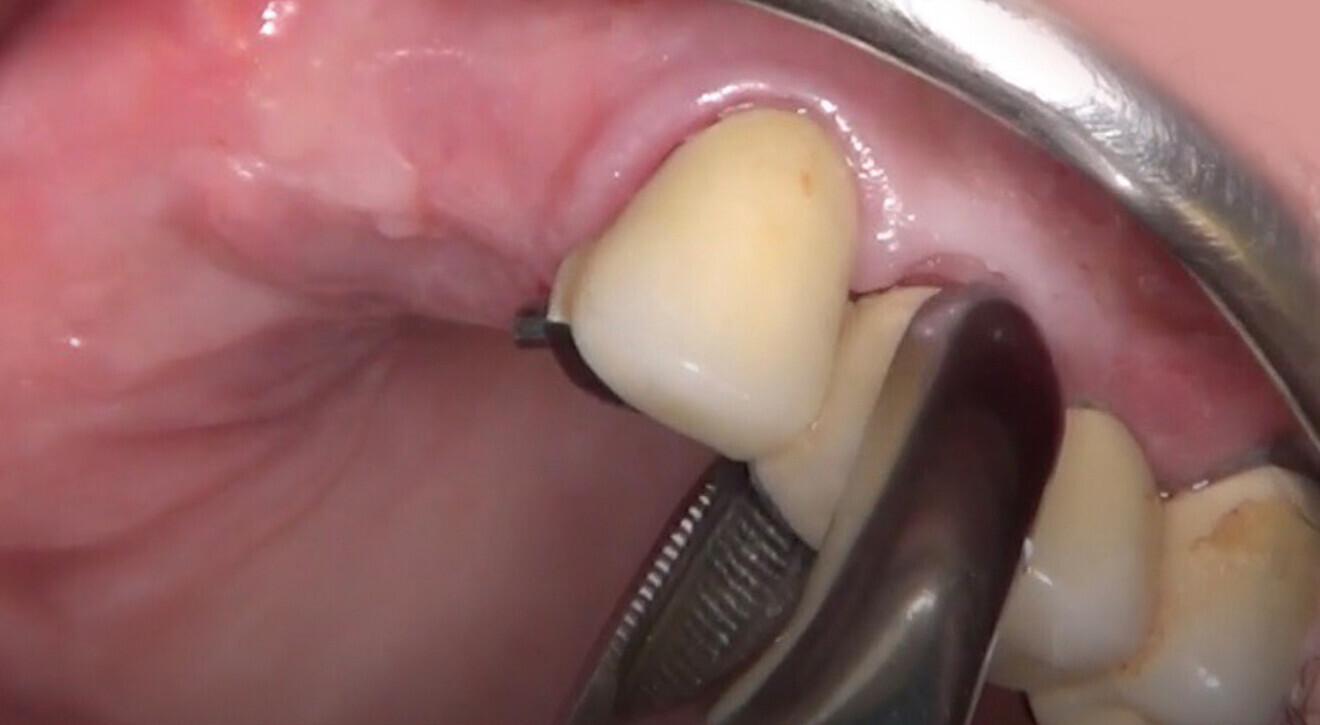
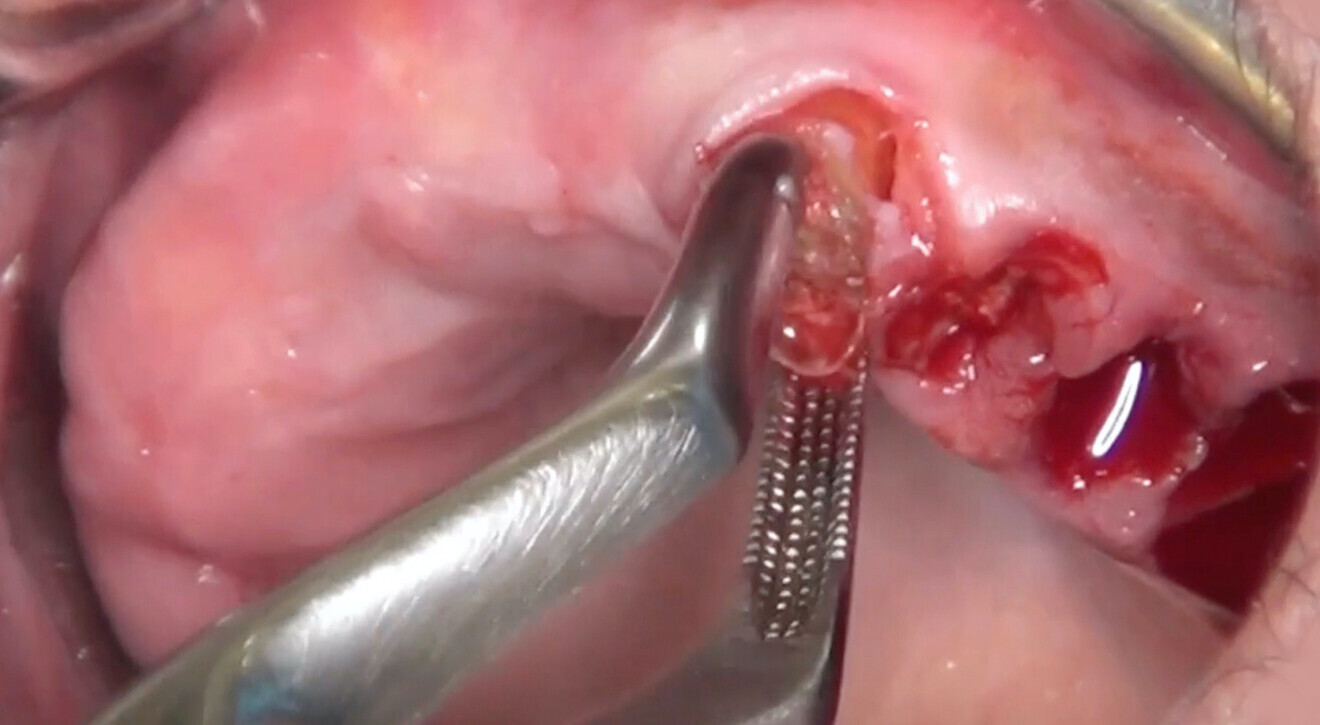
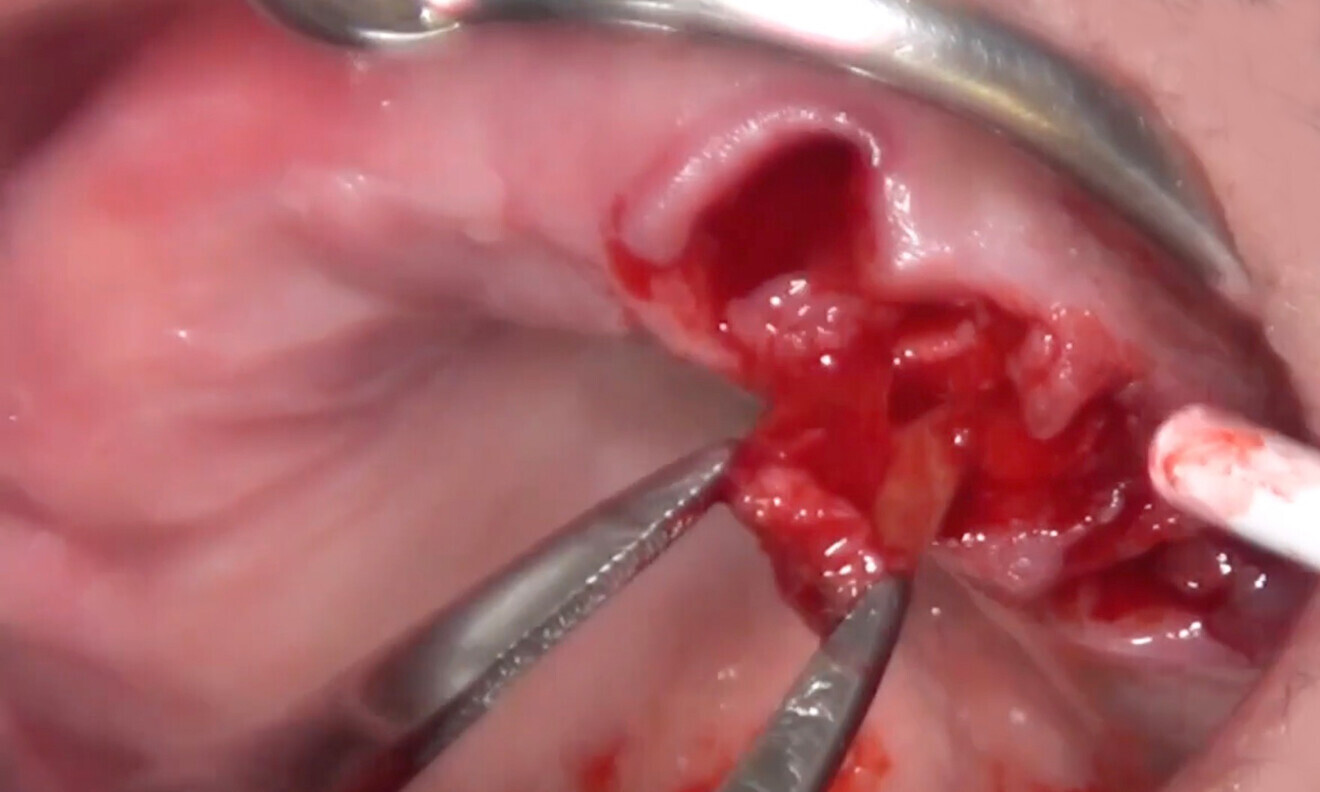
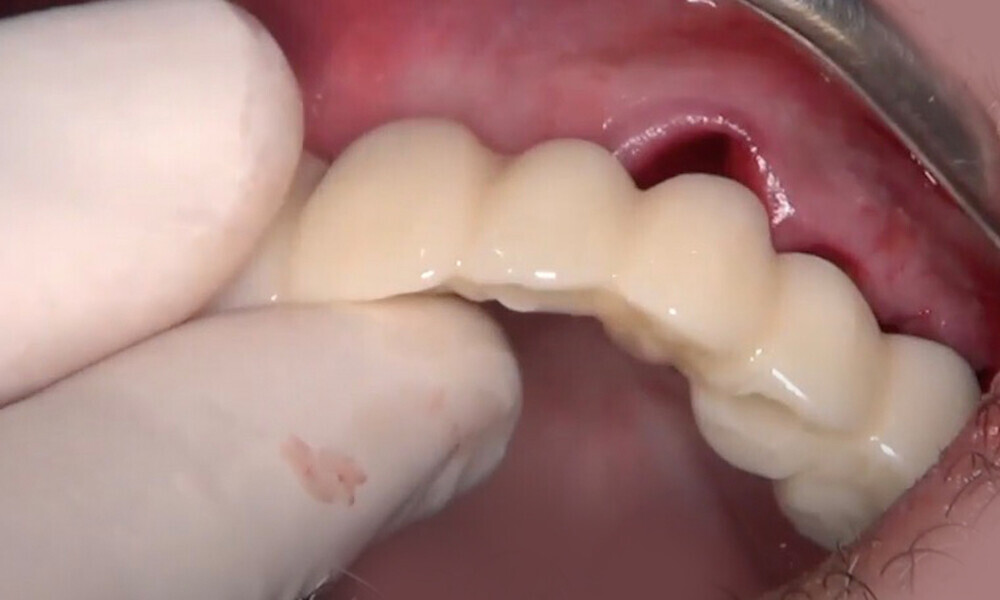
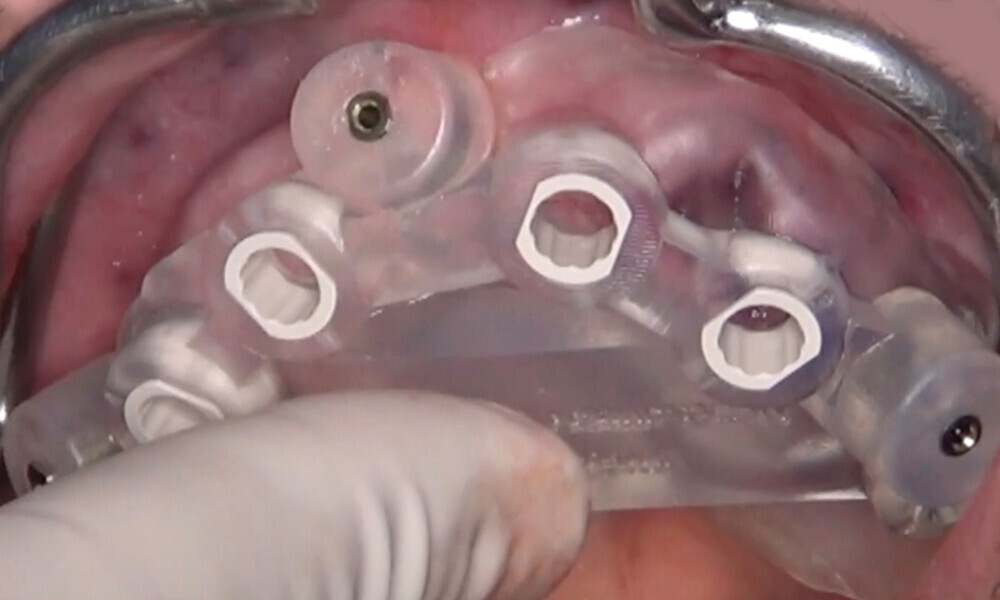
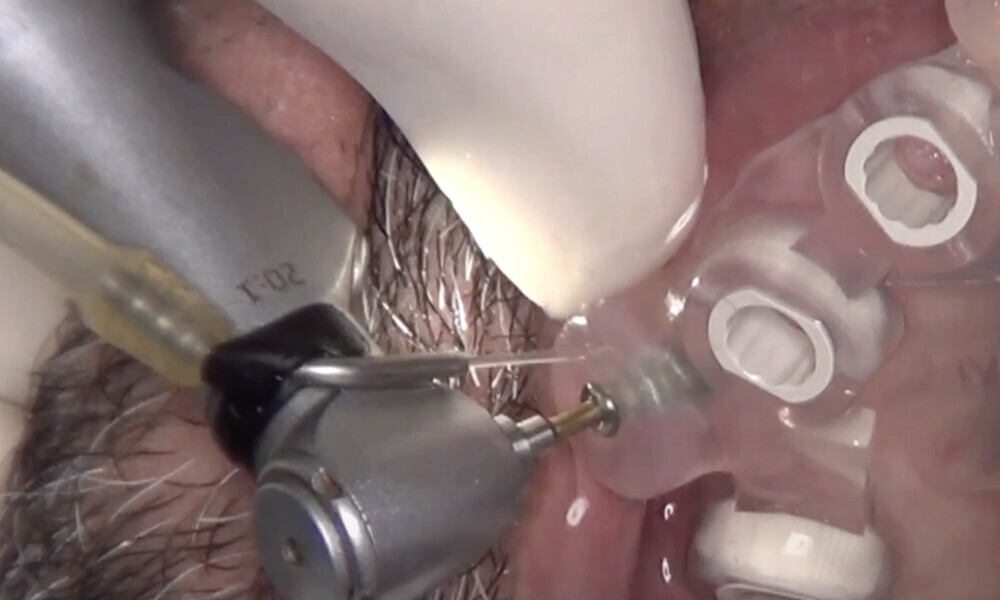
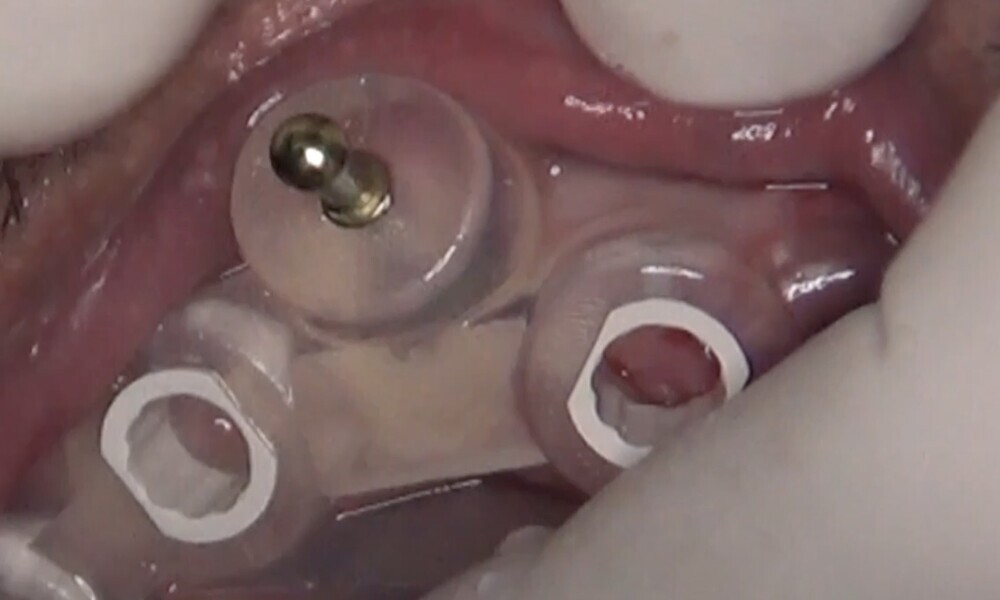
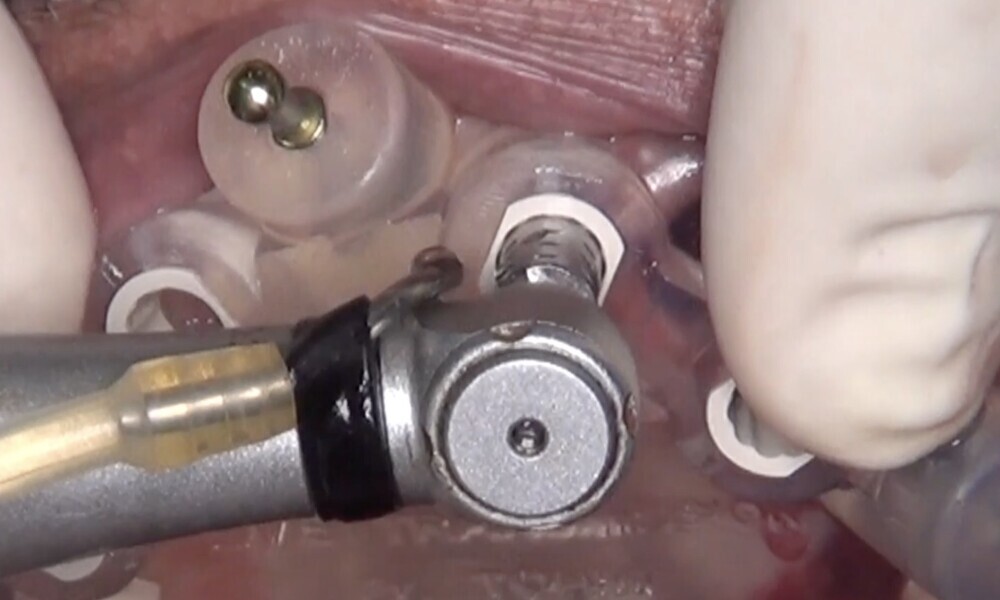
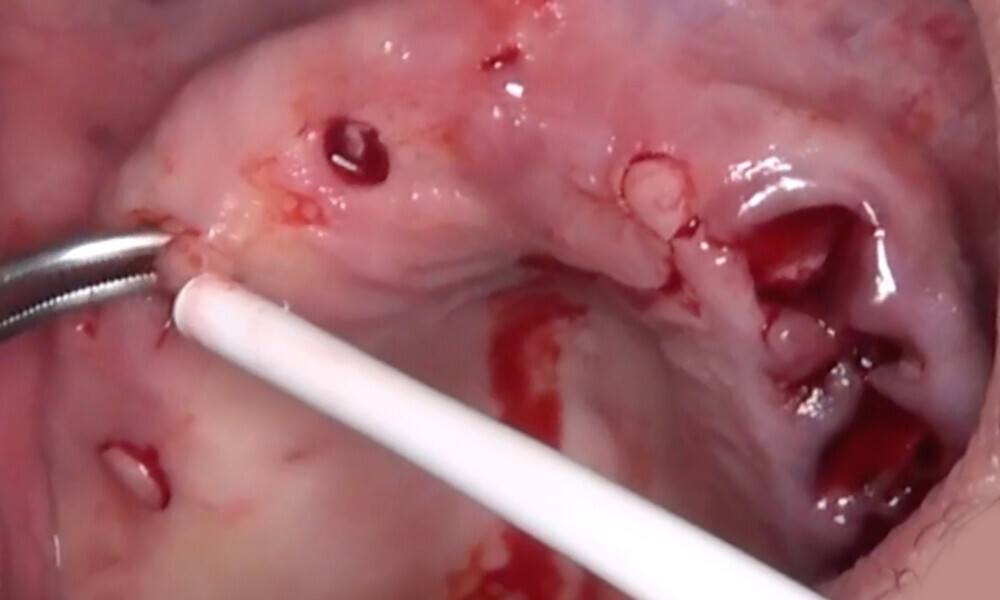
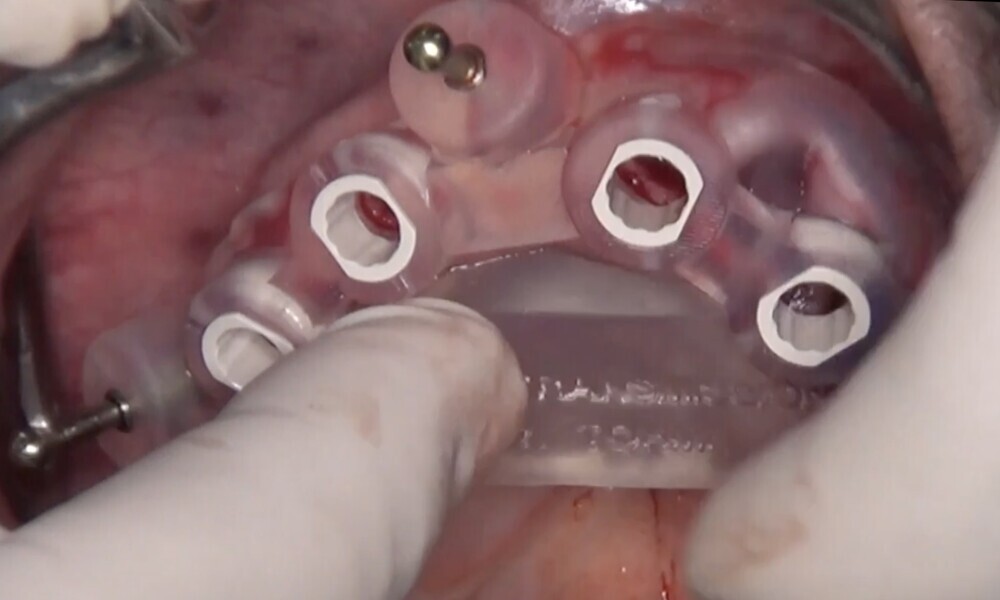
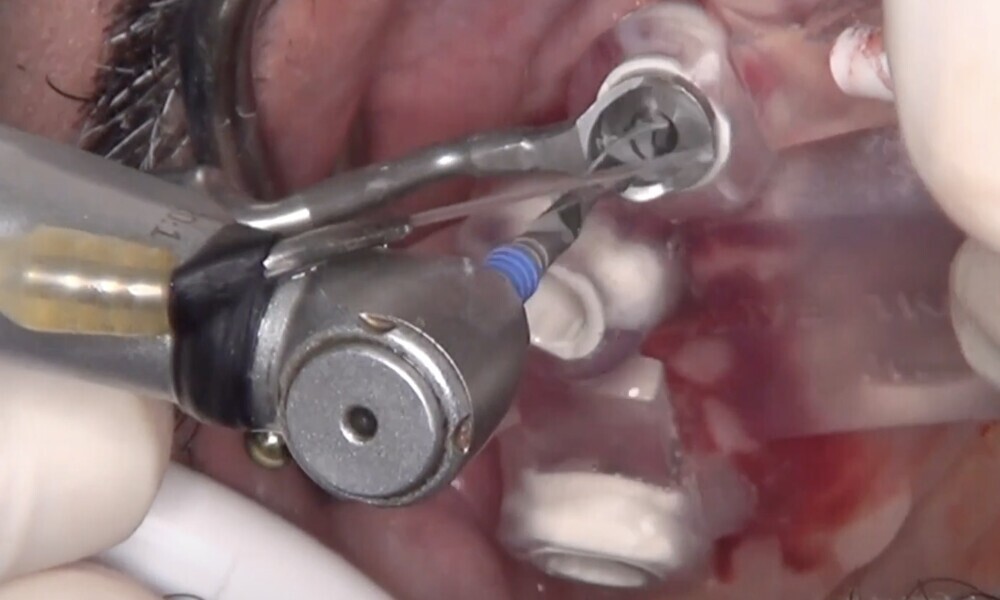
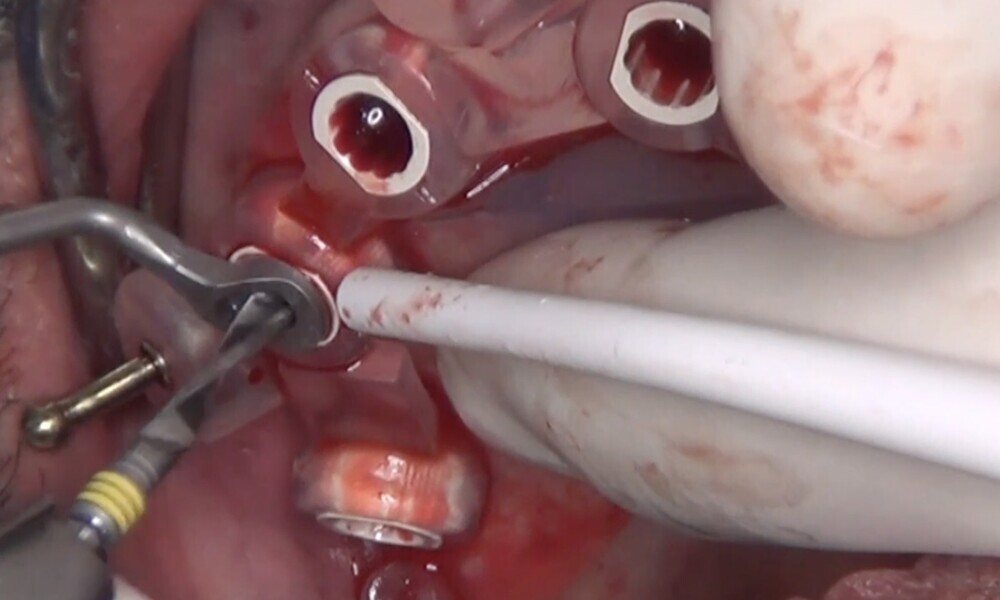
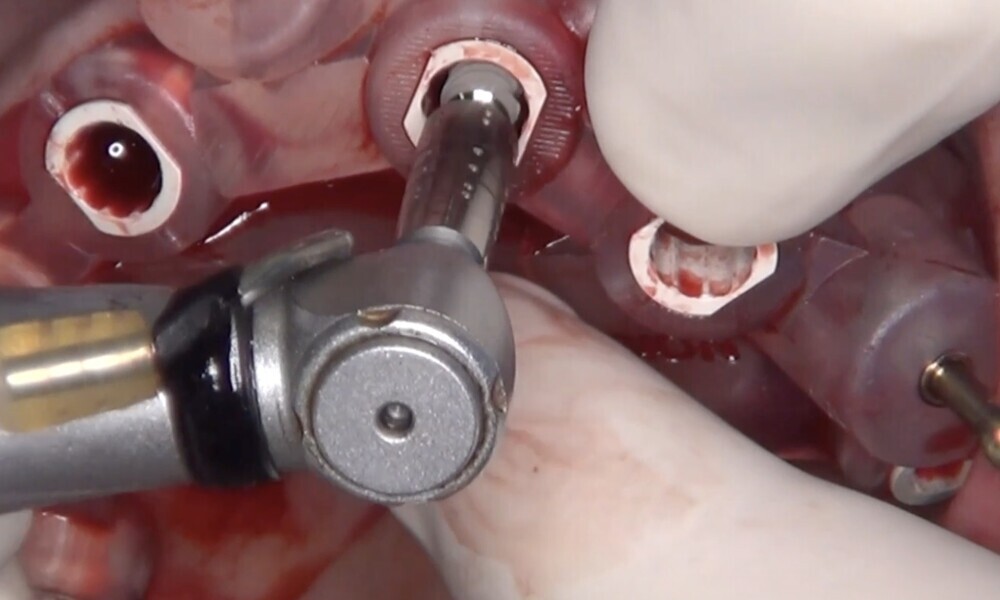
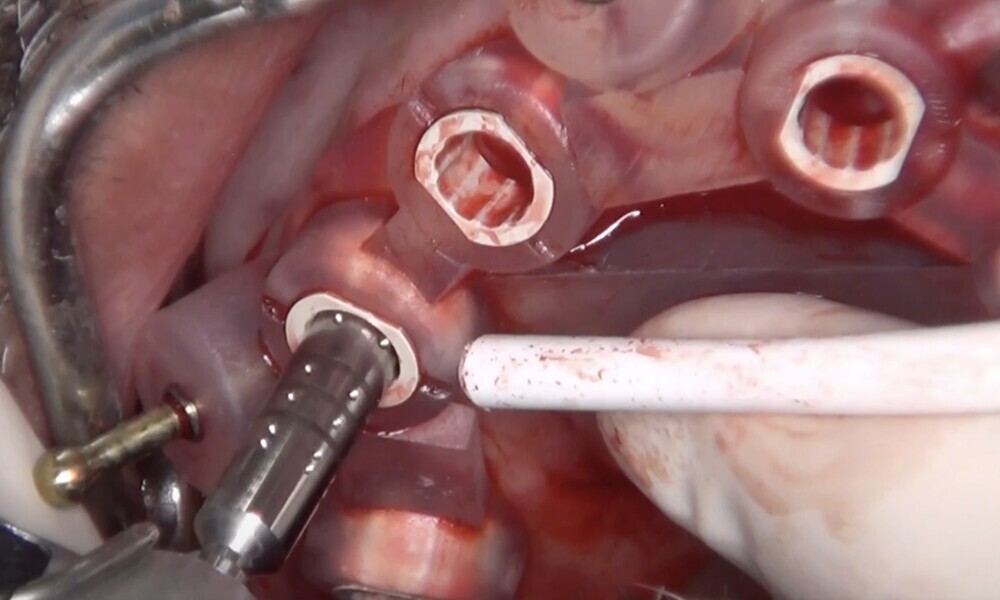
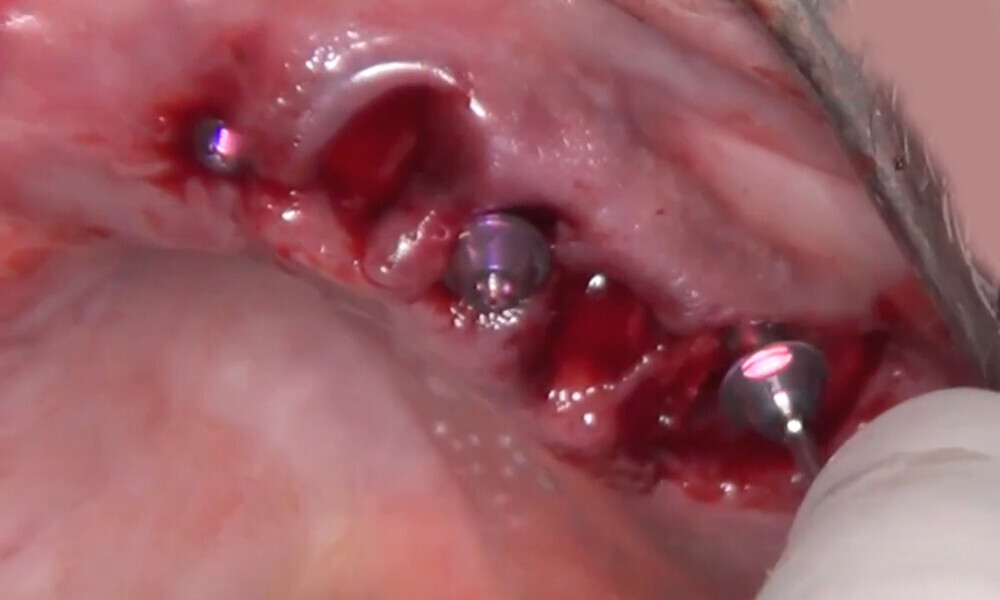
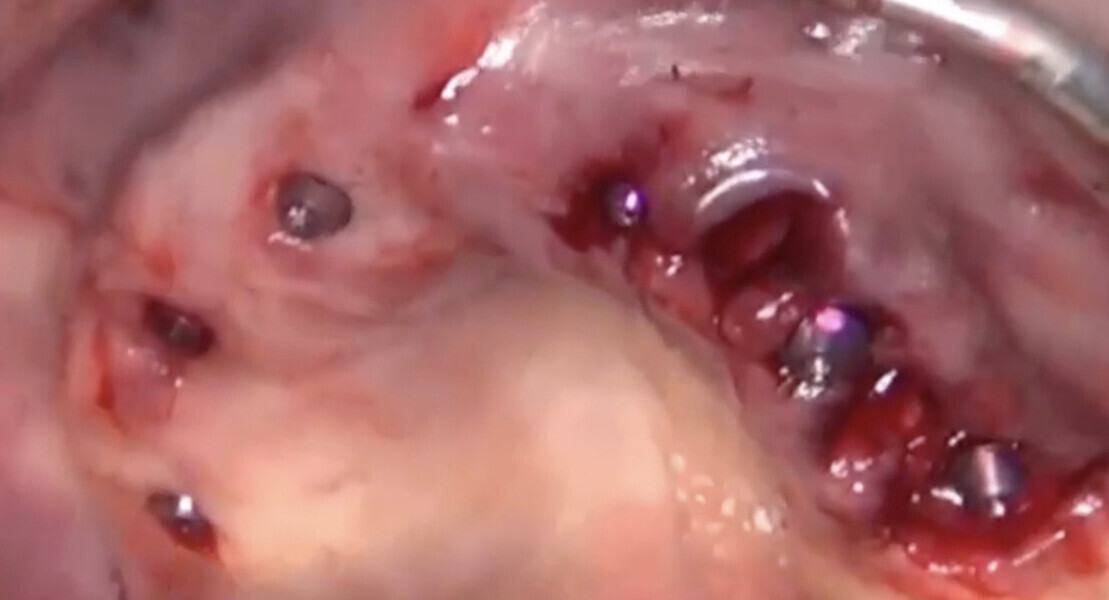
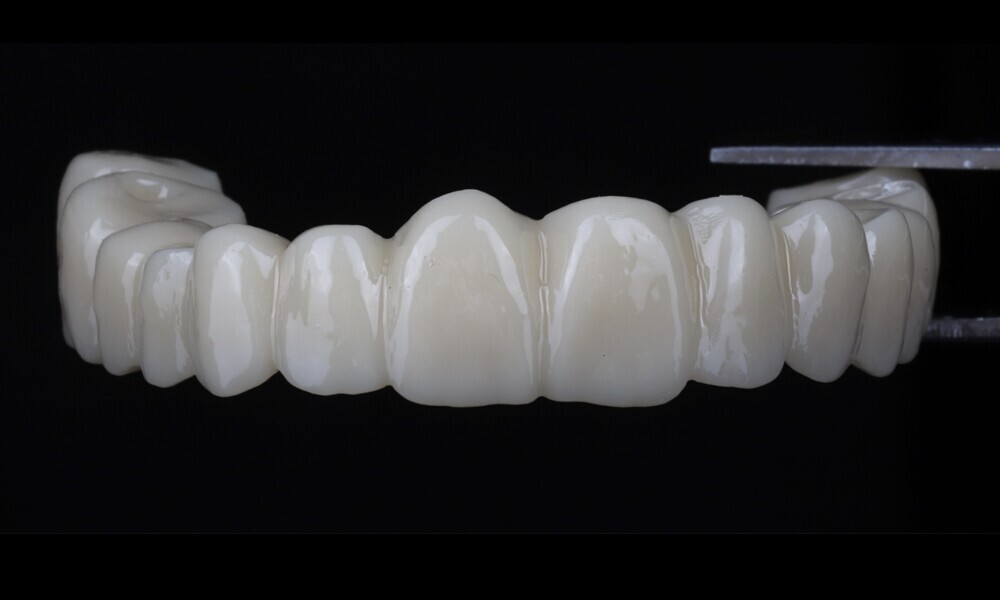
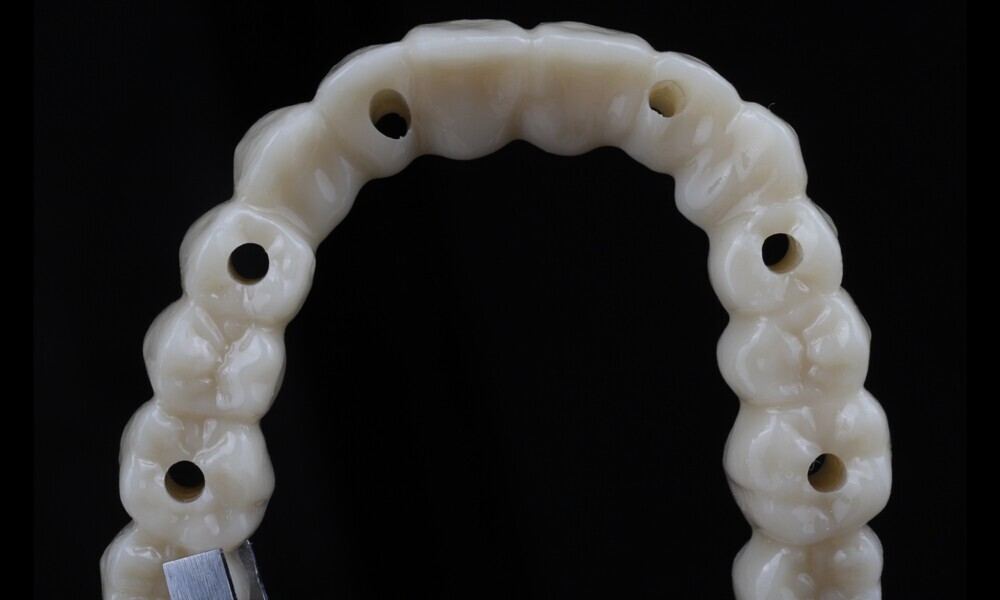
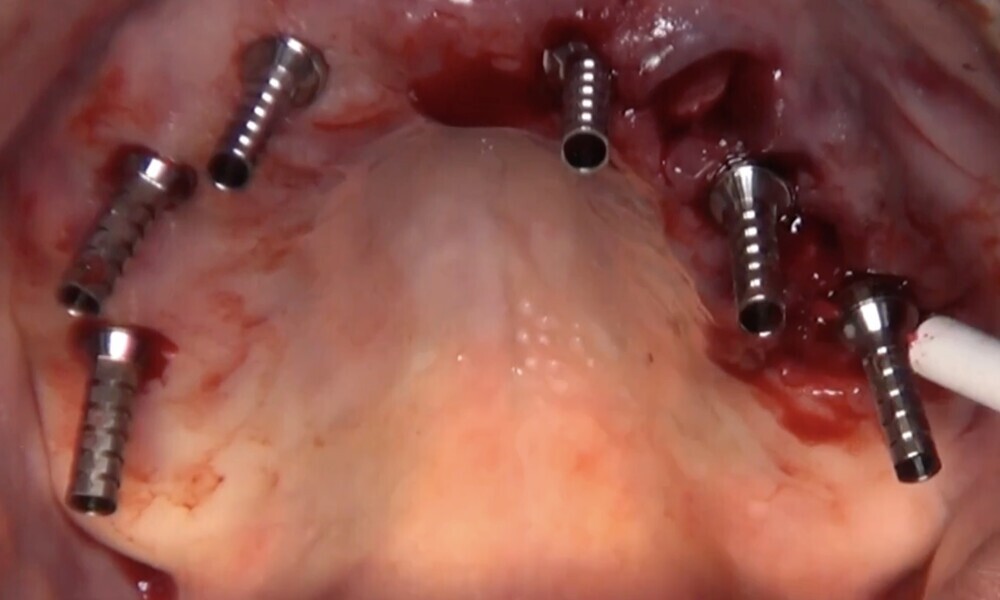
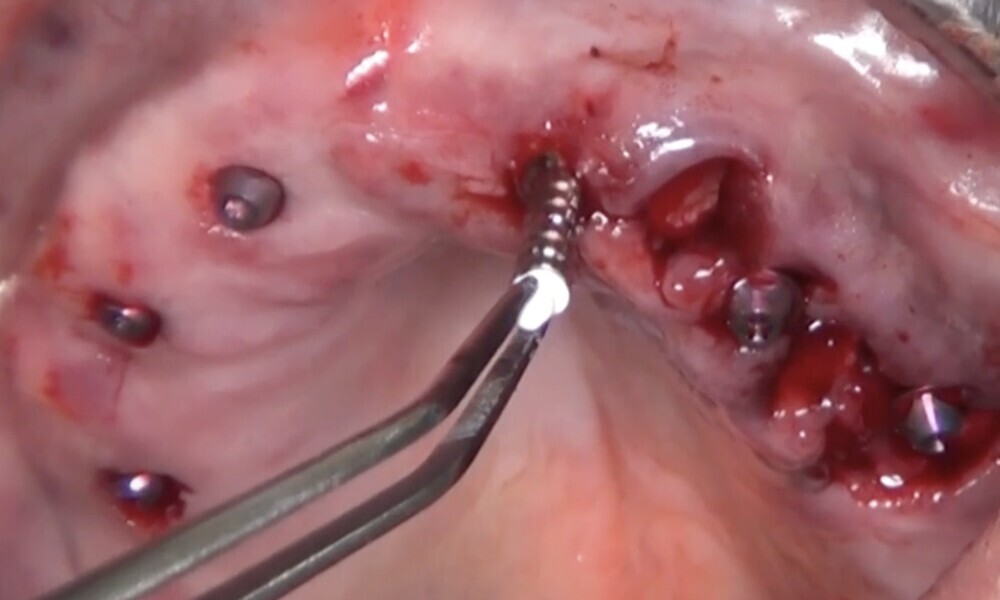
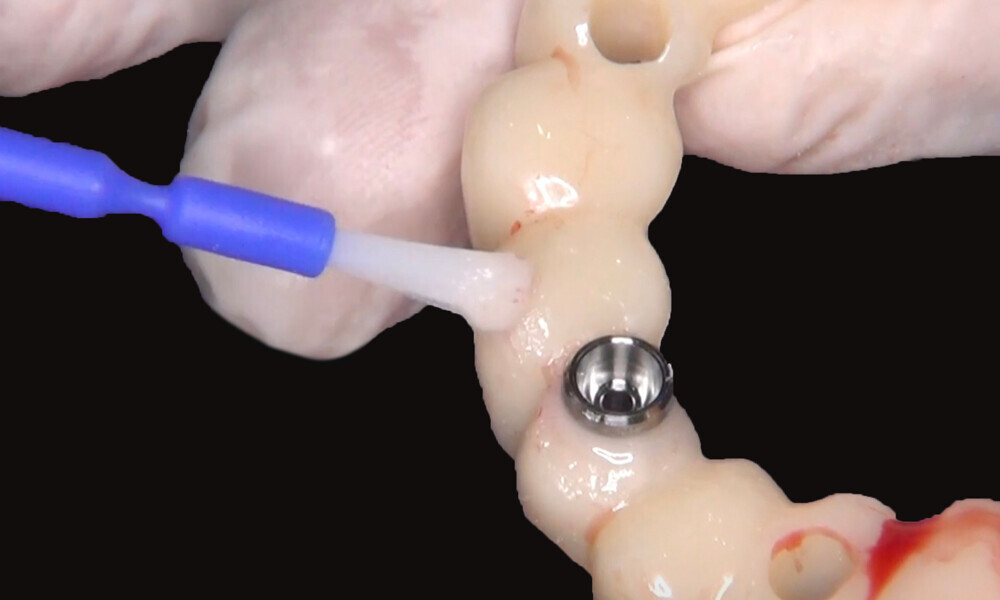
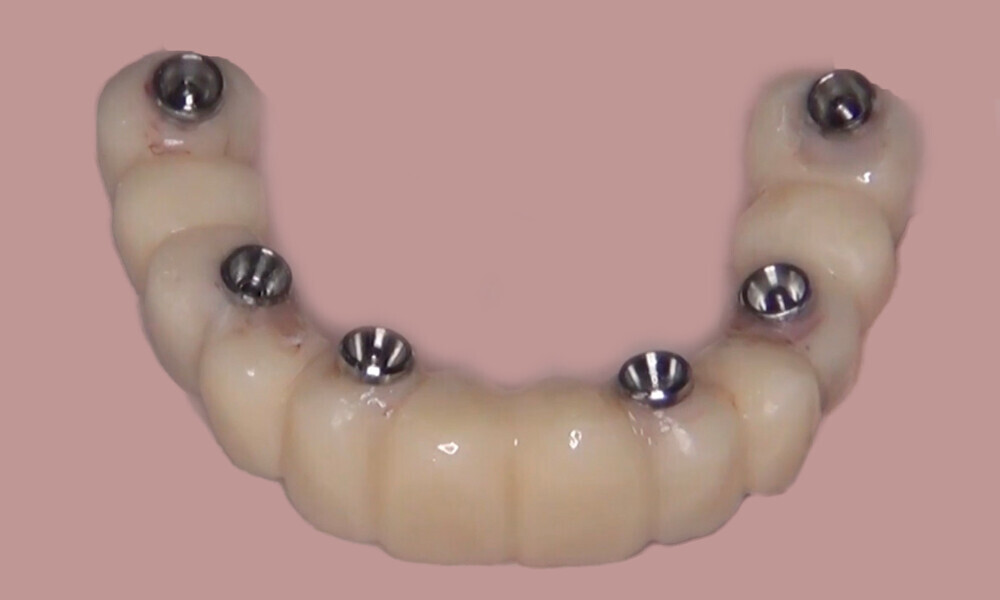
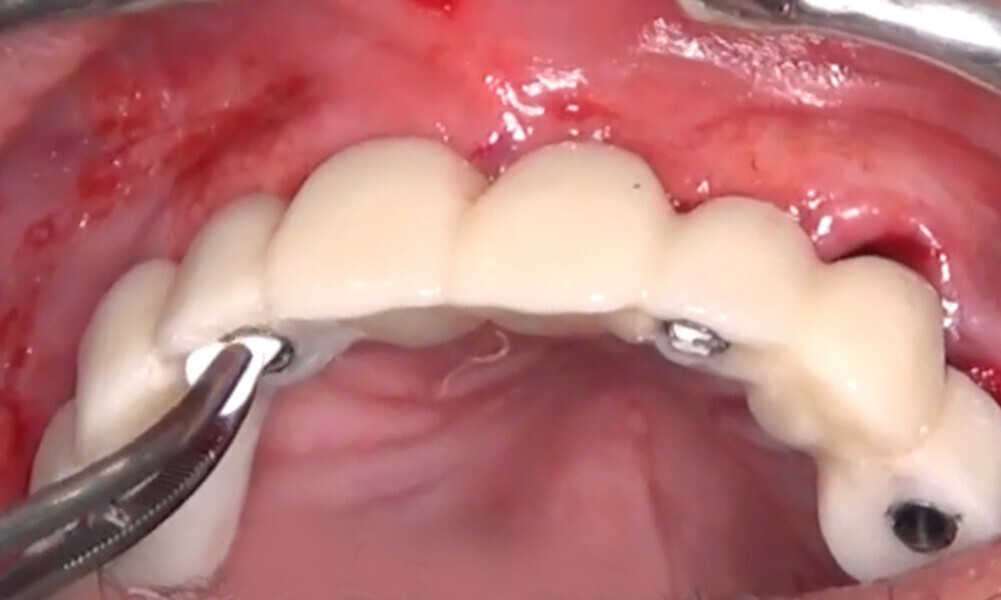
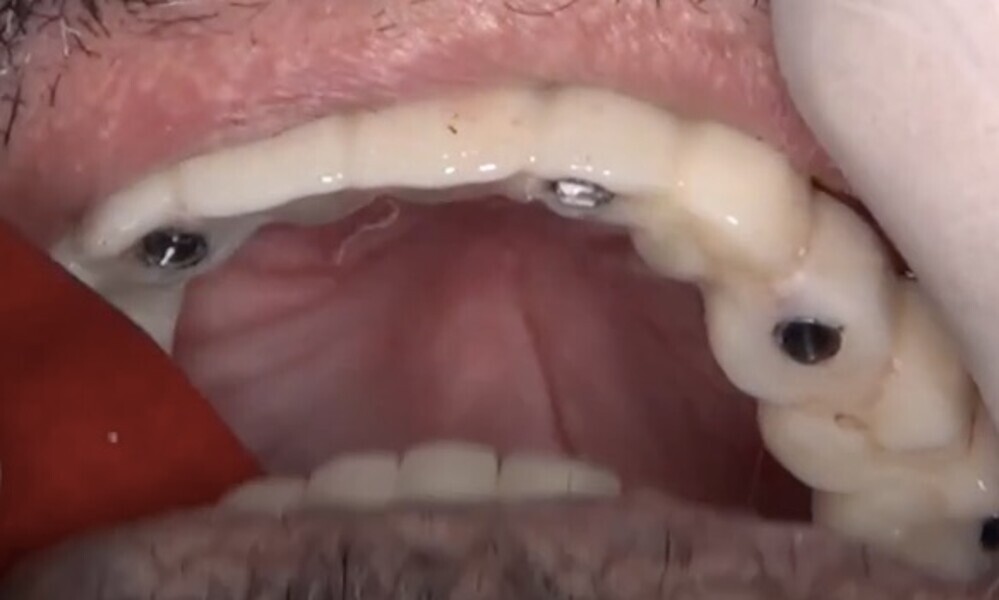
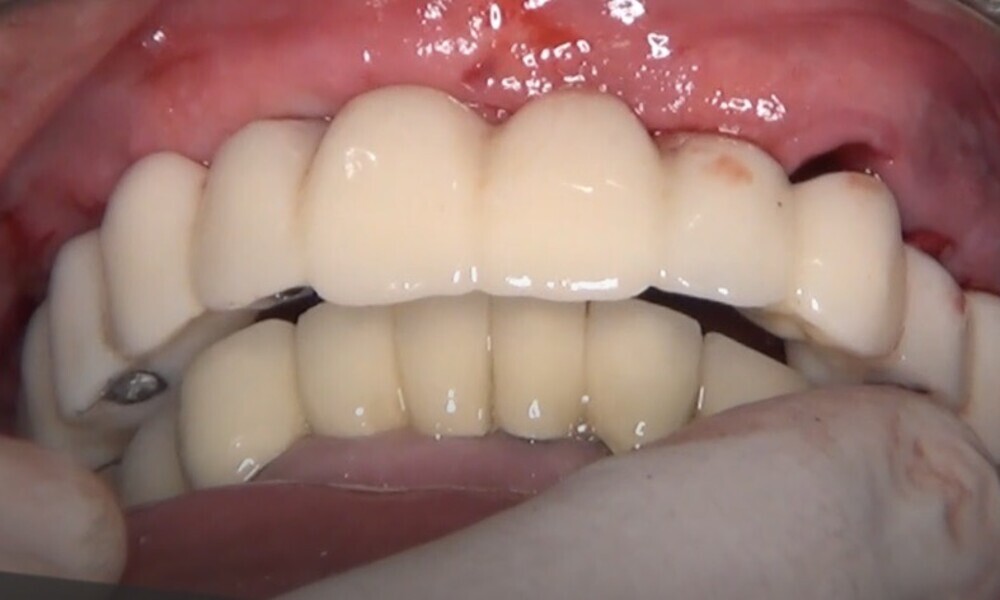
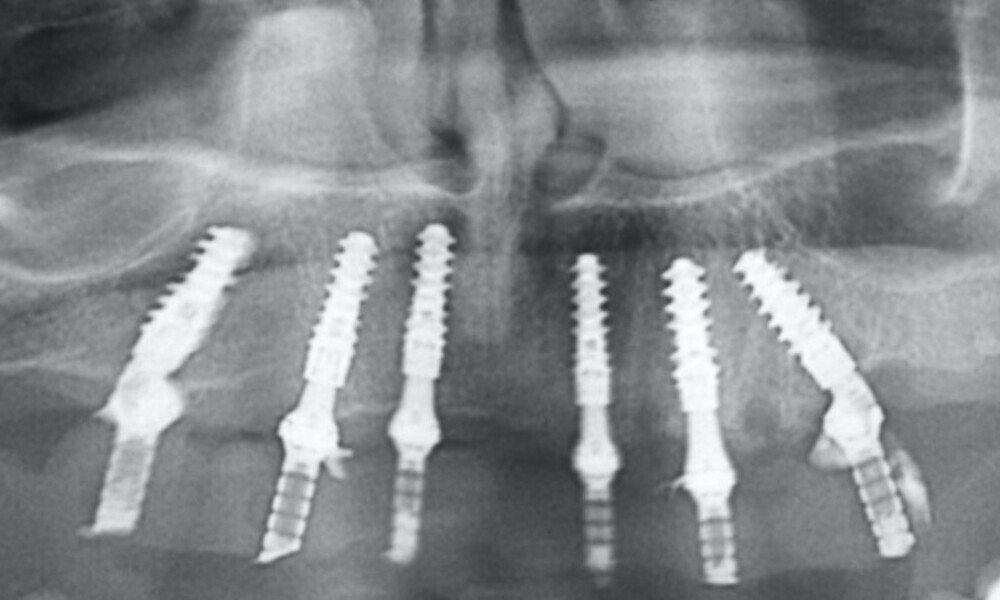
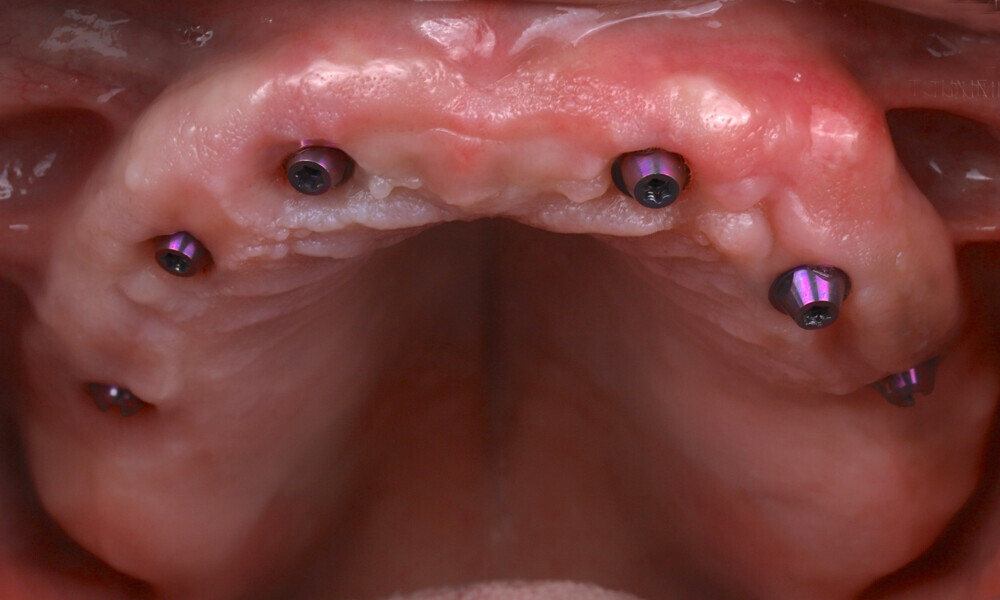
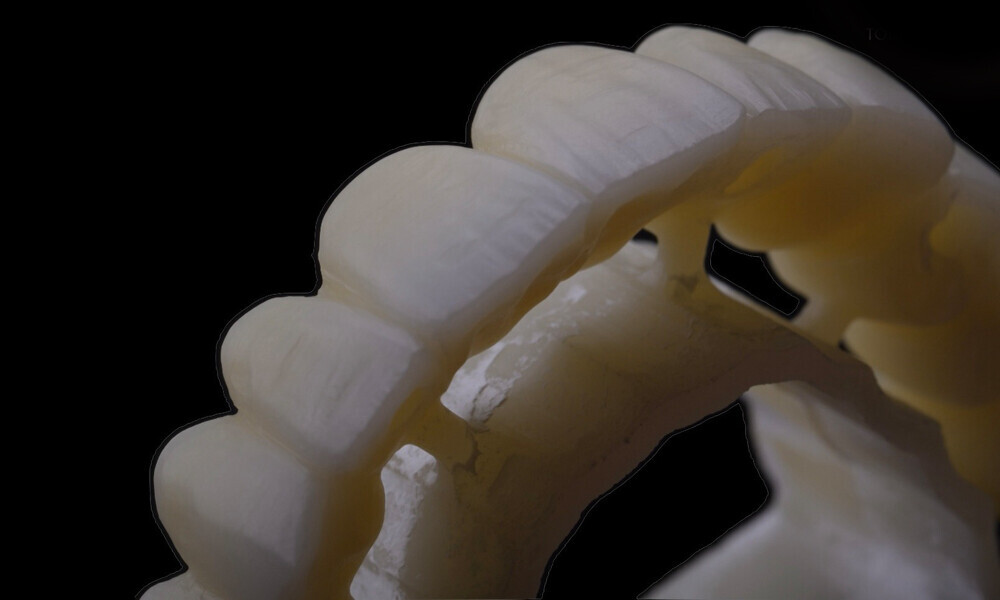
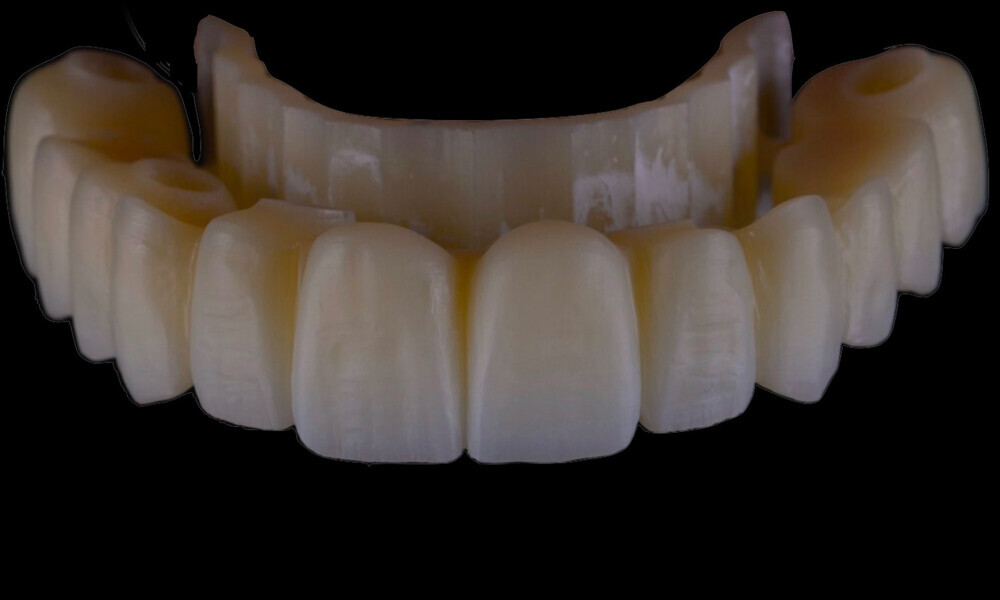
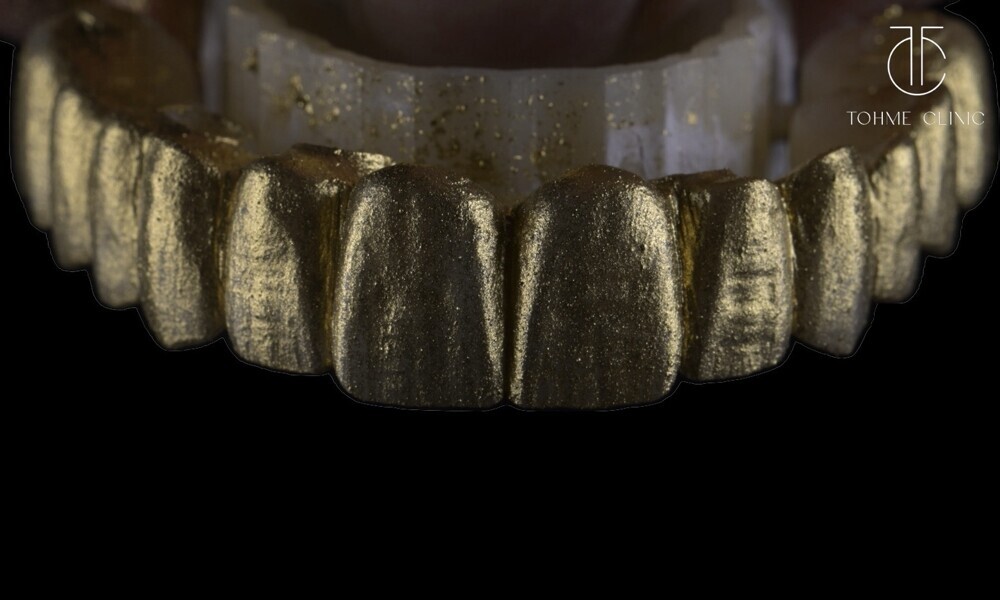
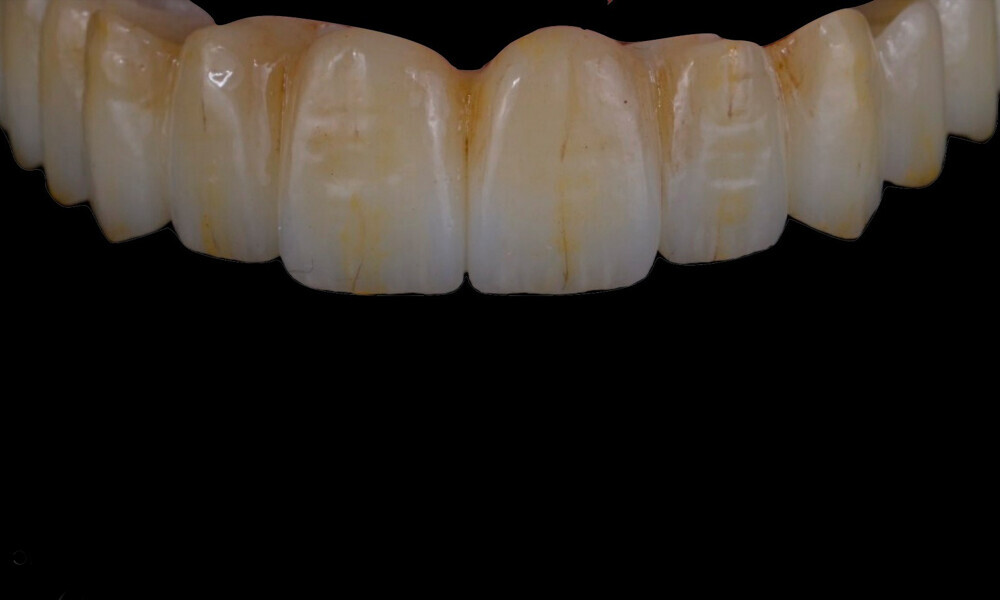
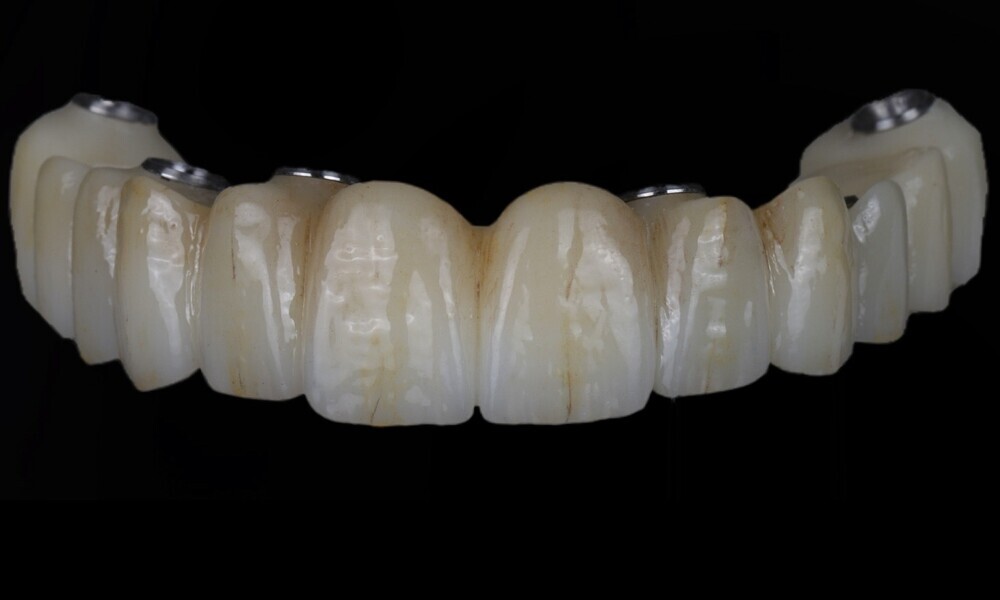
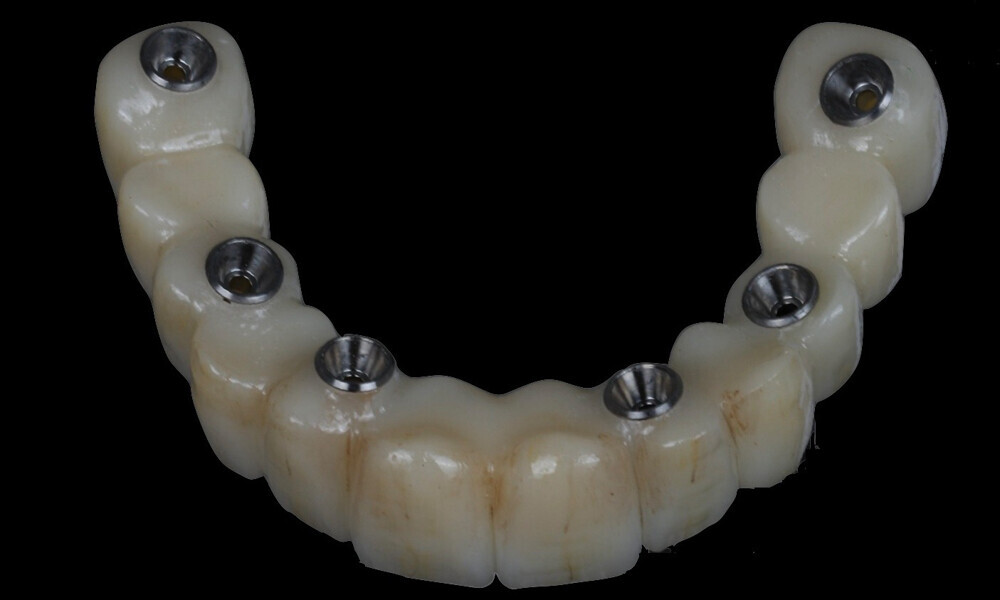
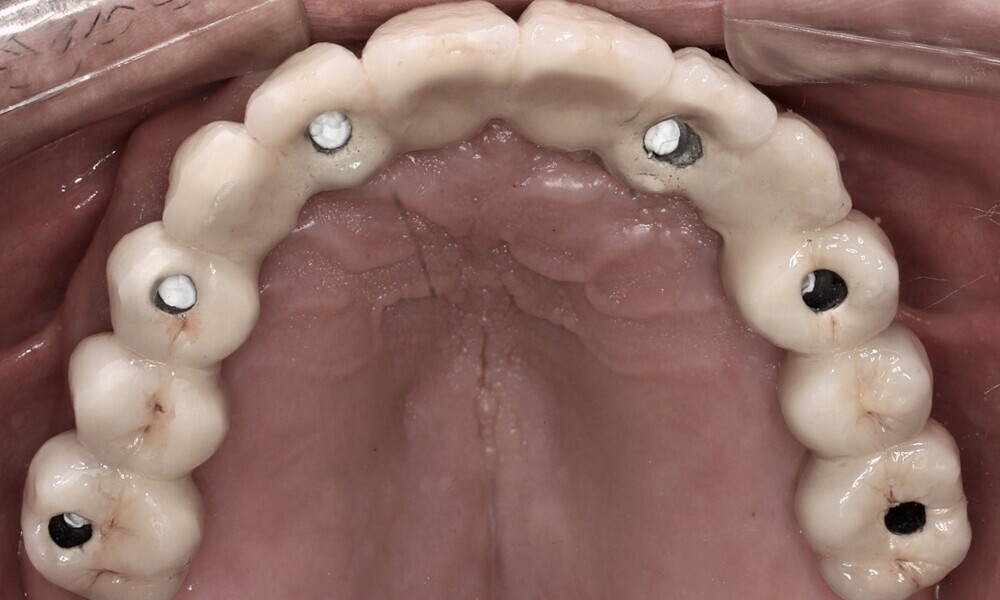
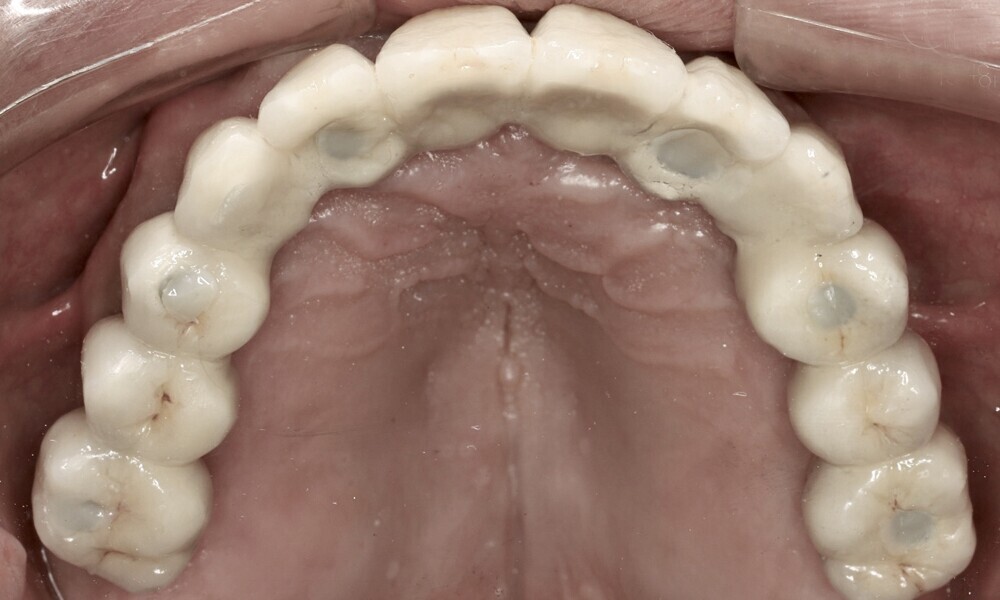
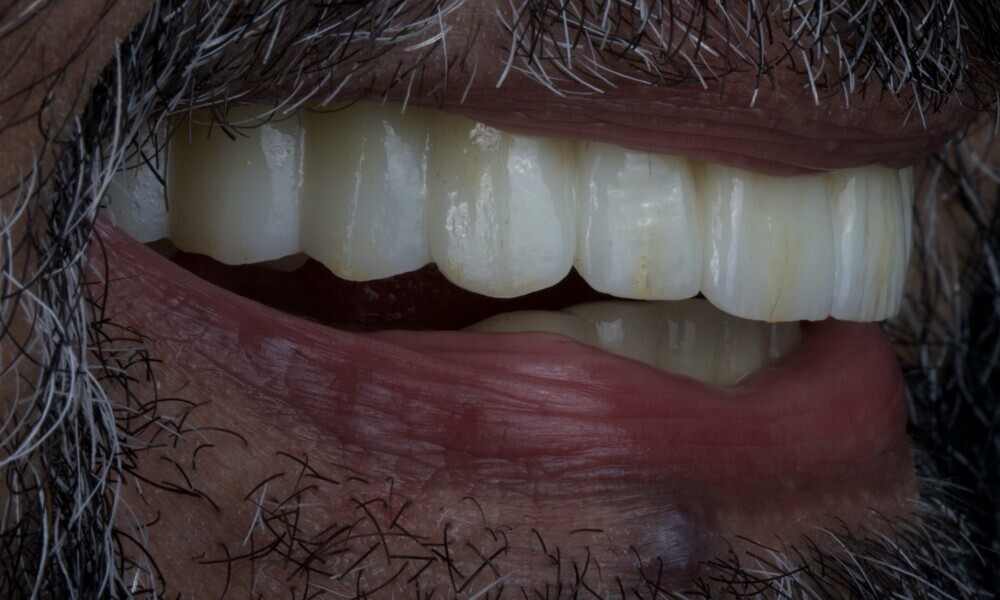
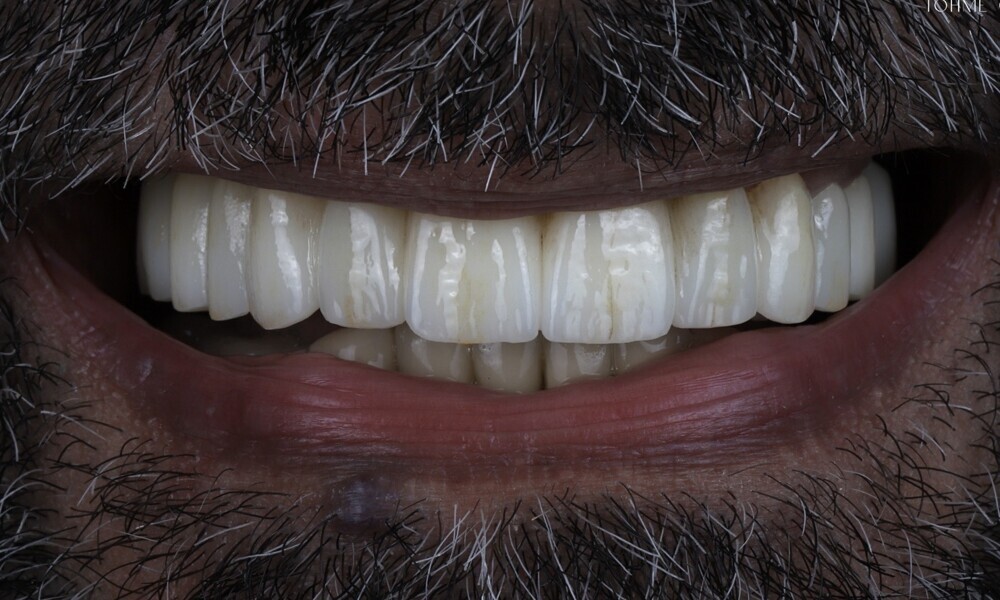
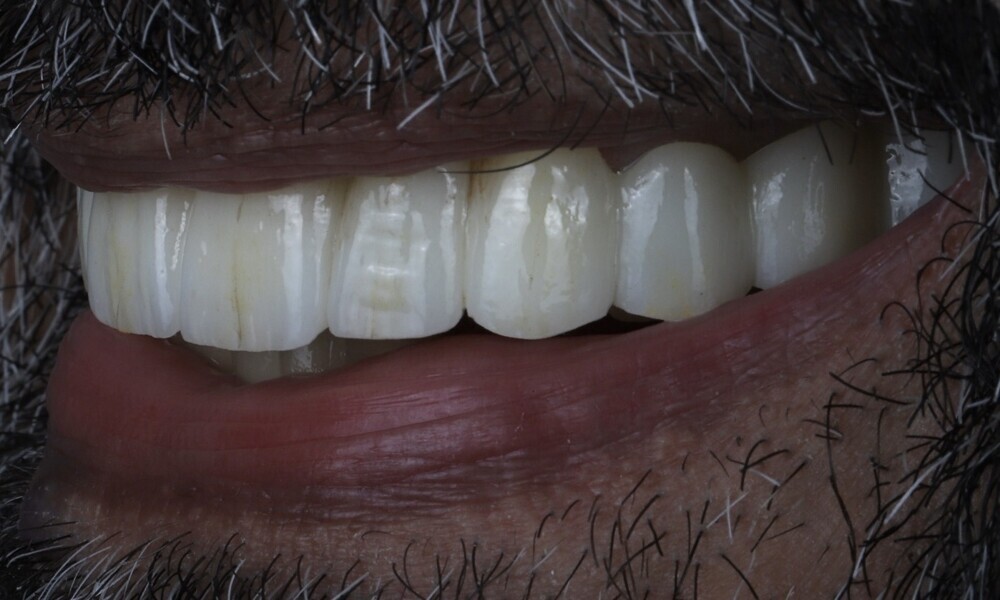
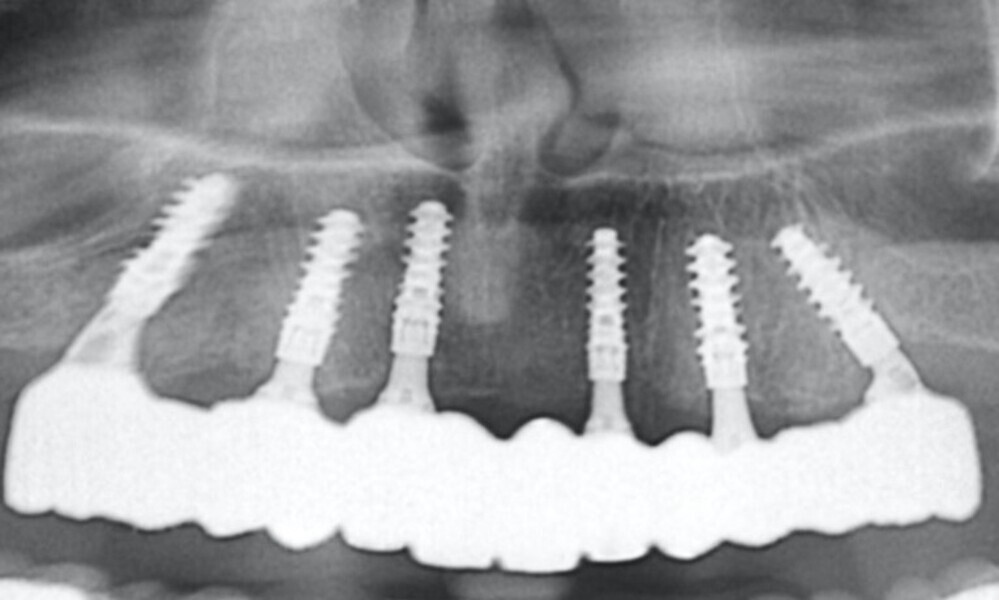
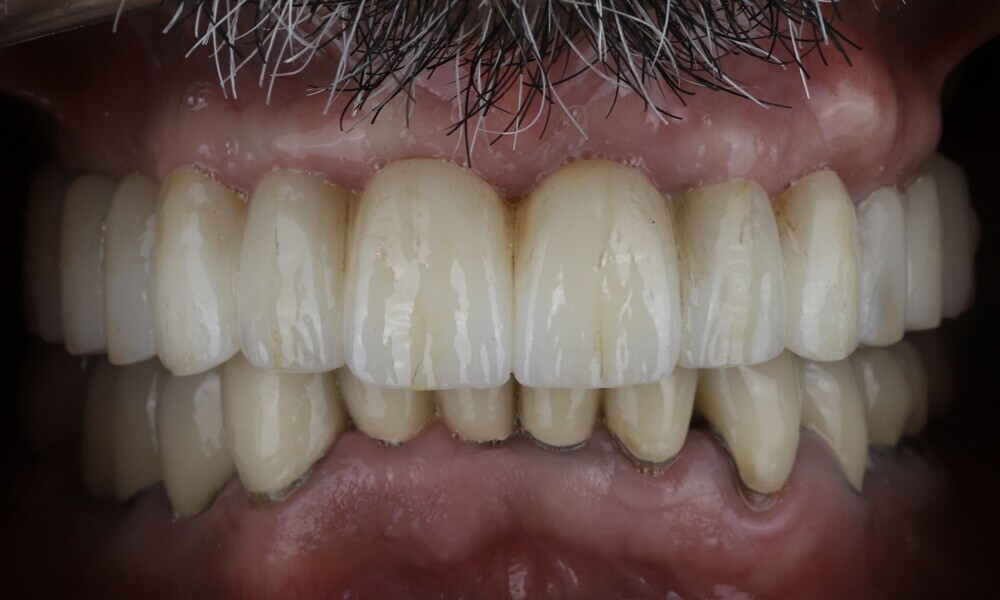
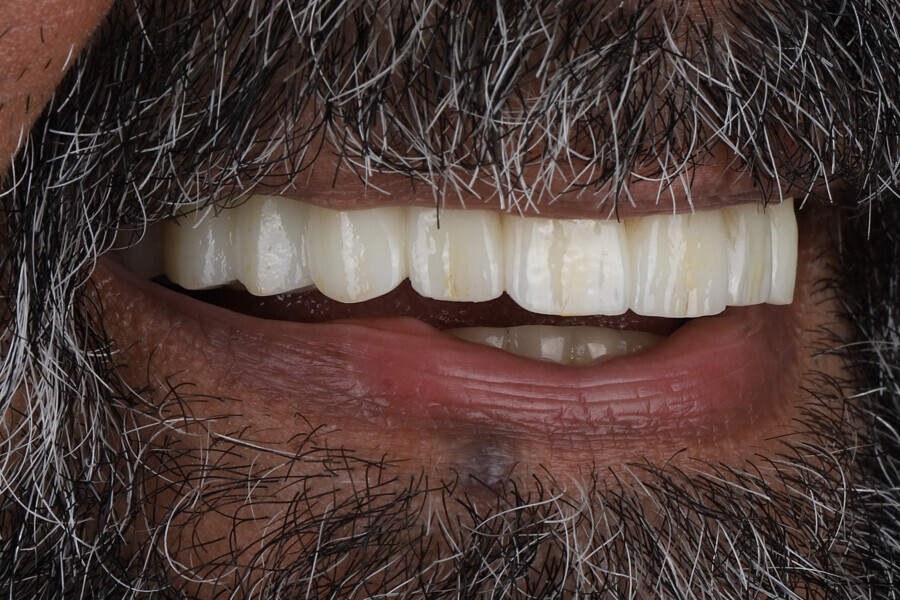
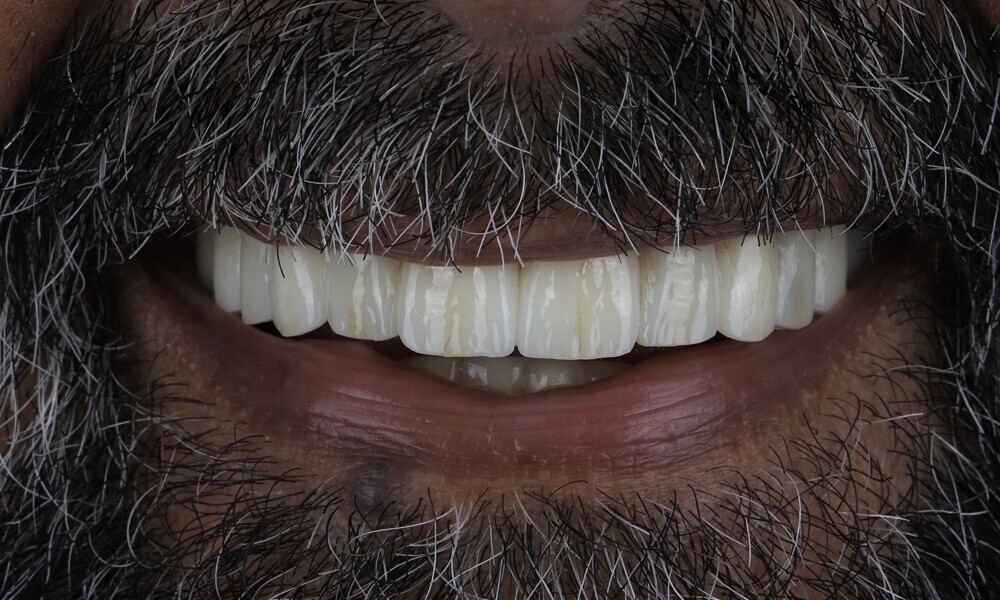
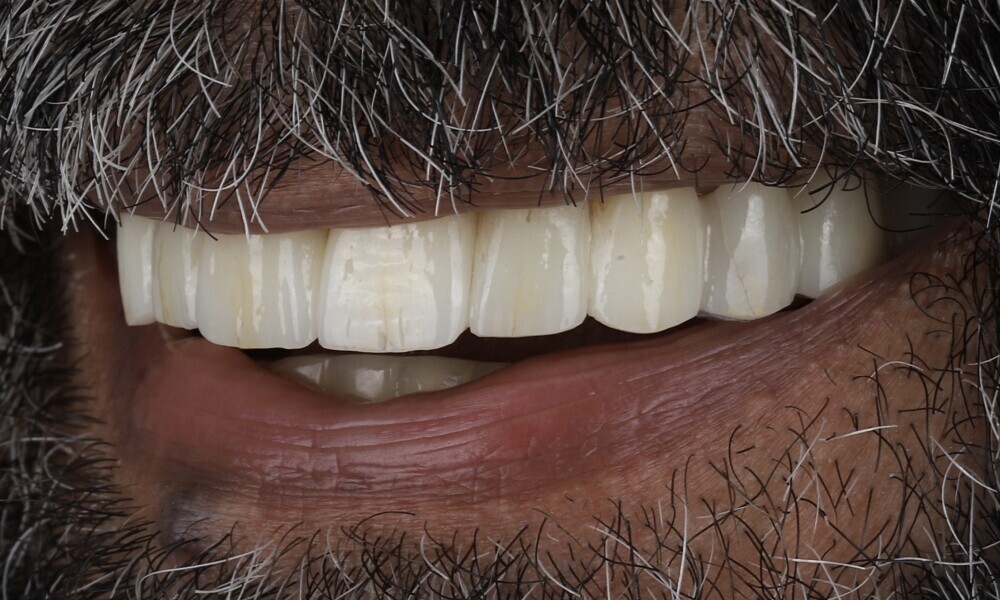
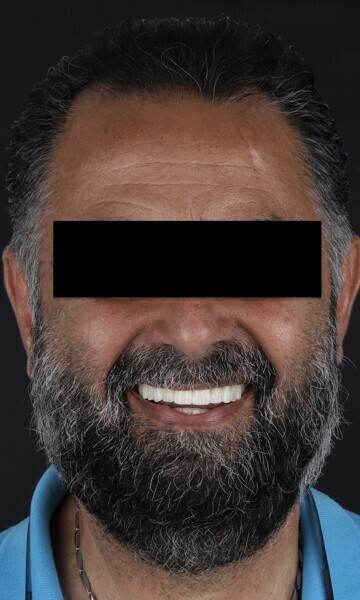
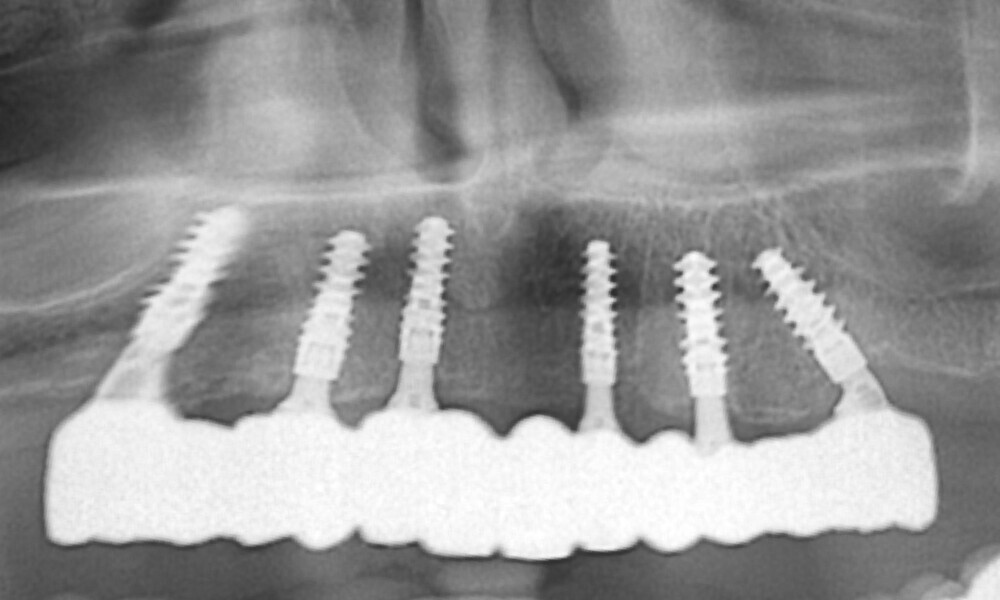
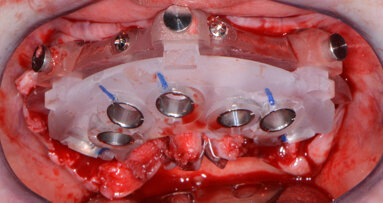
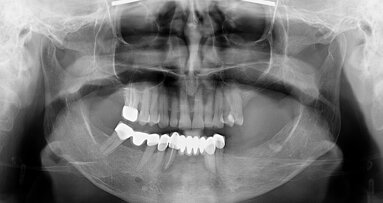
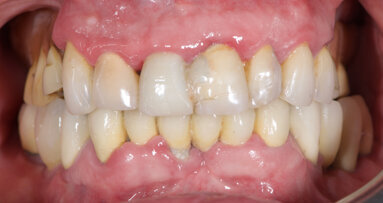
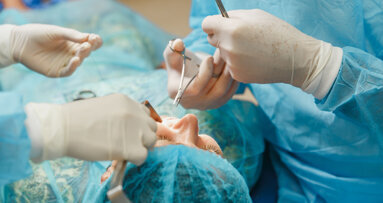
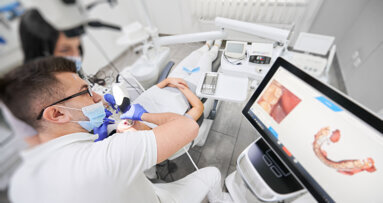
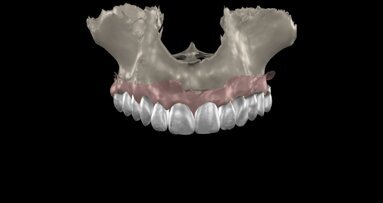
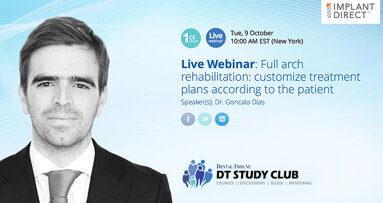
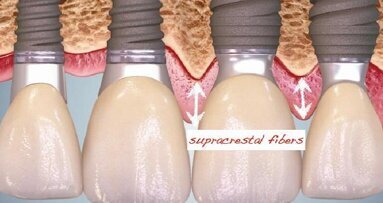
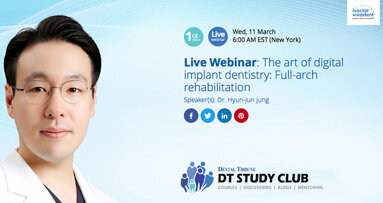
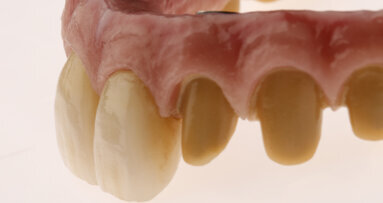





To post a reply please login or register